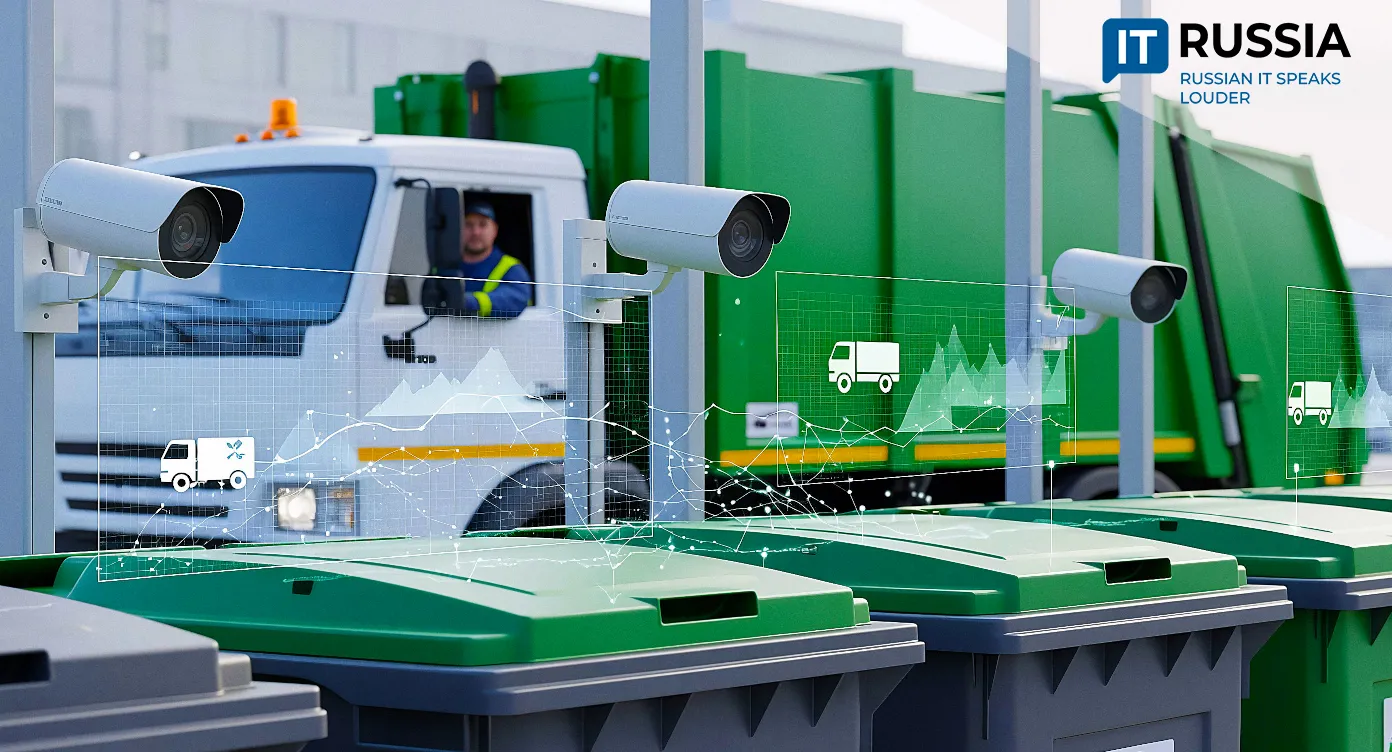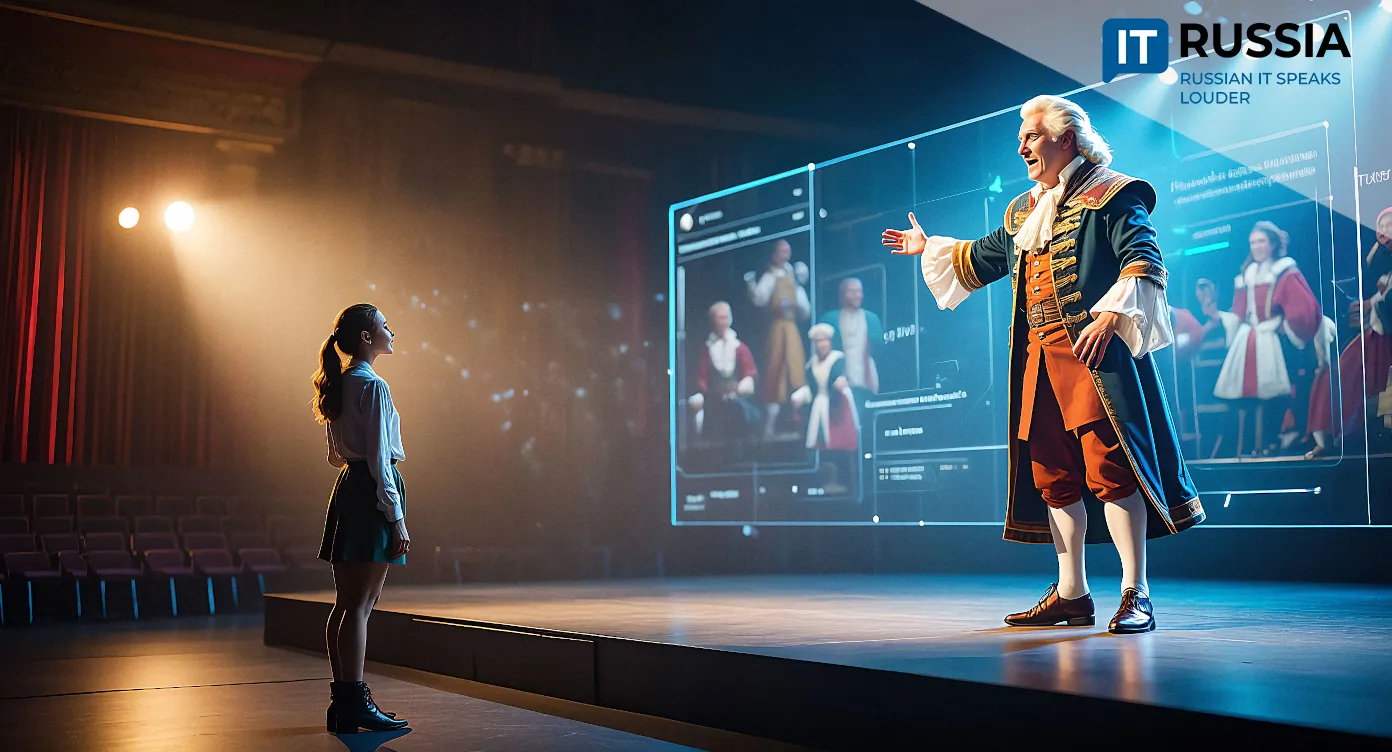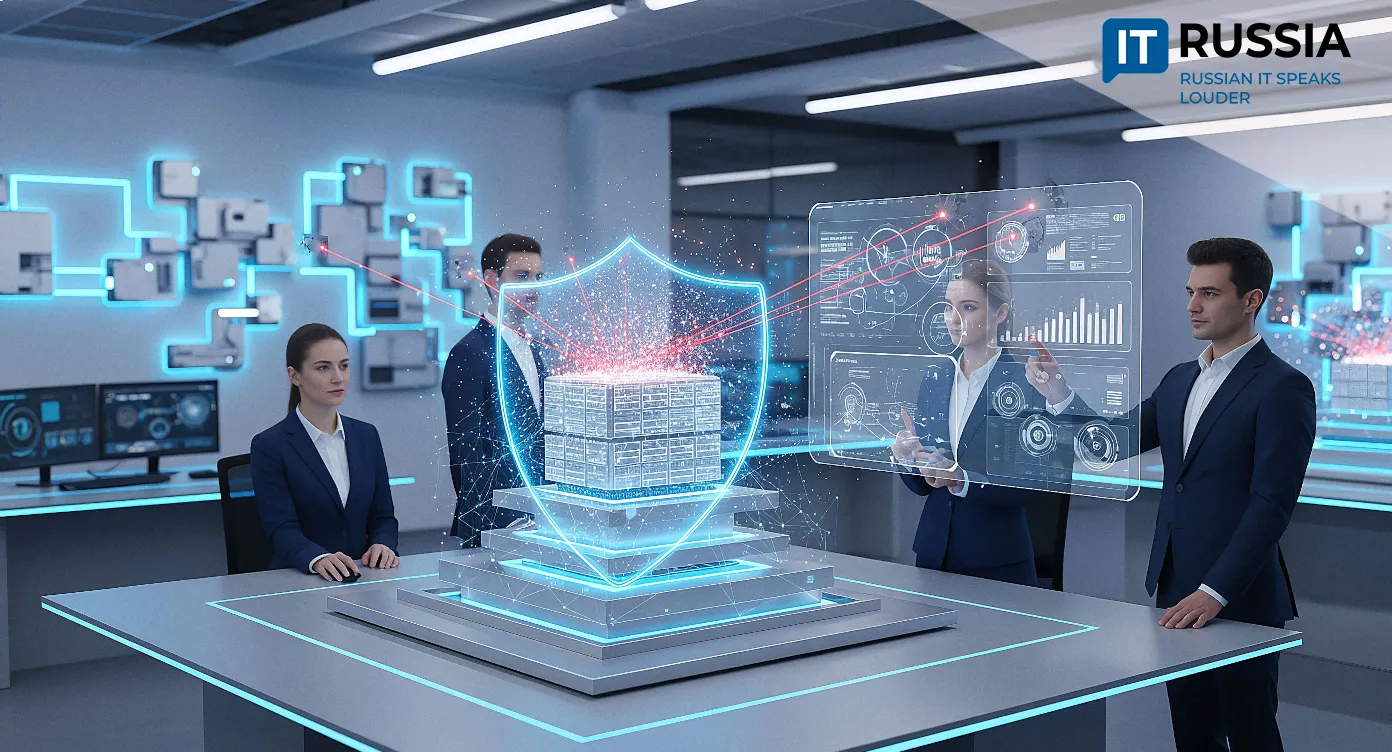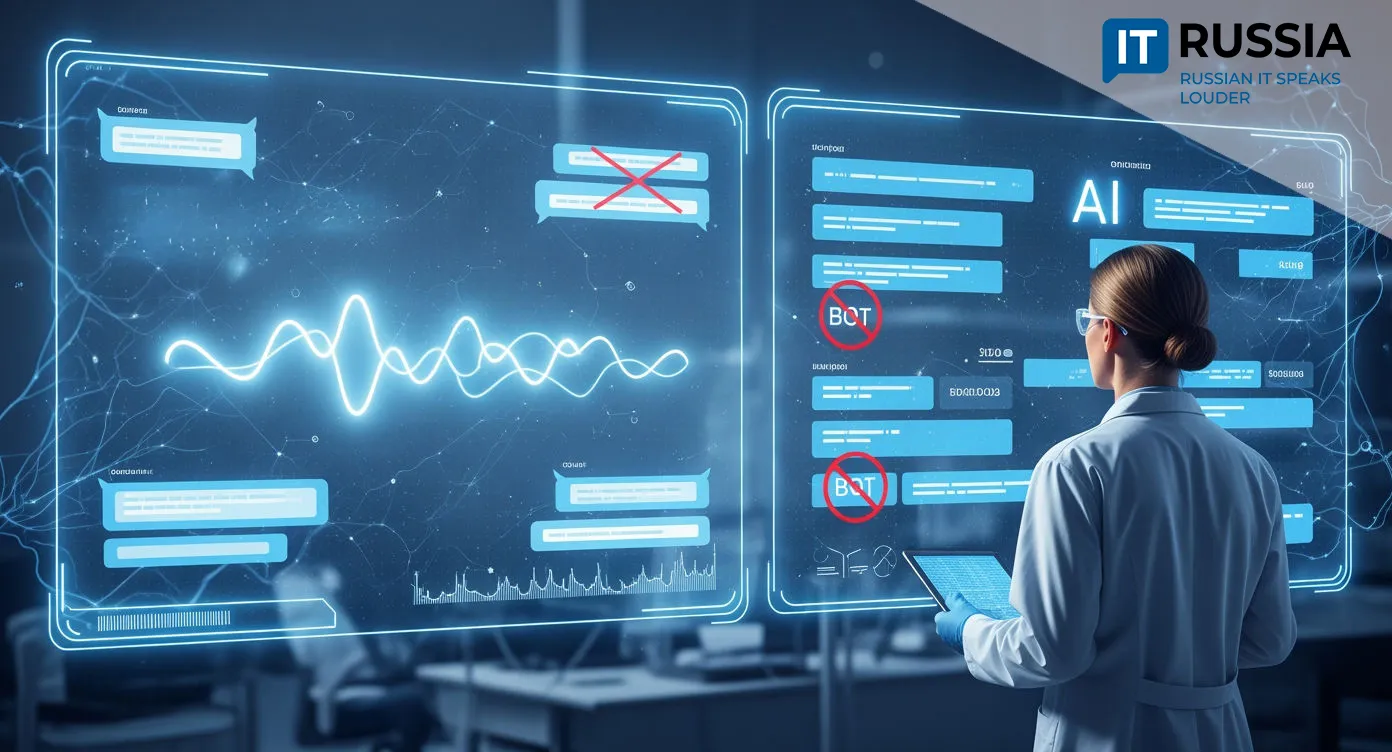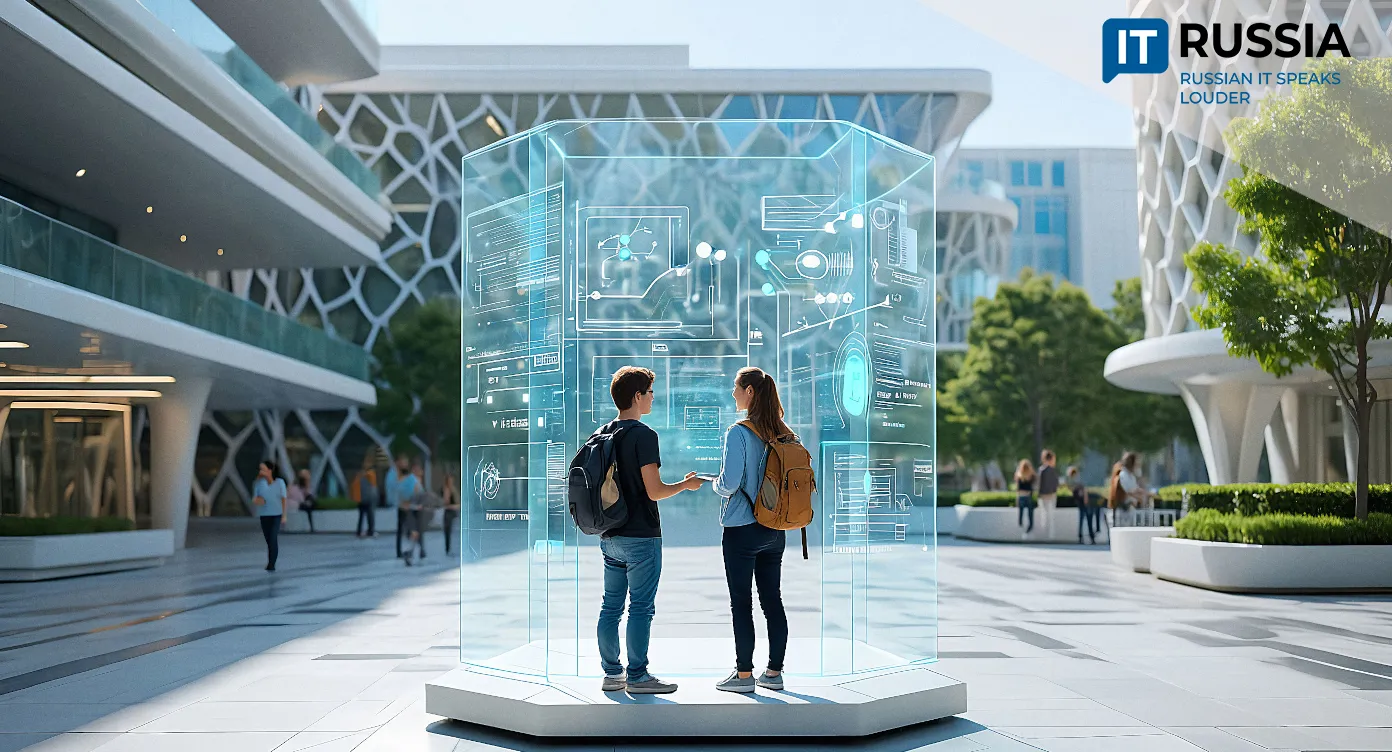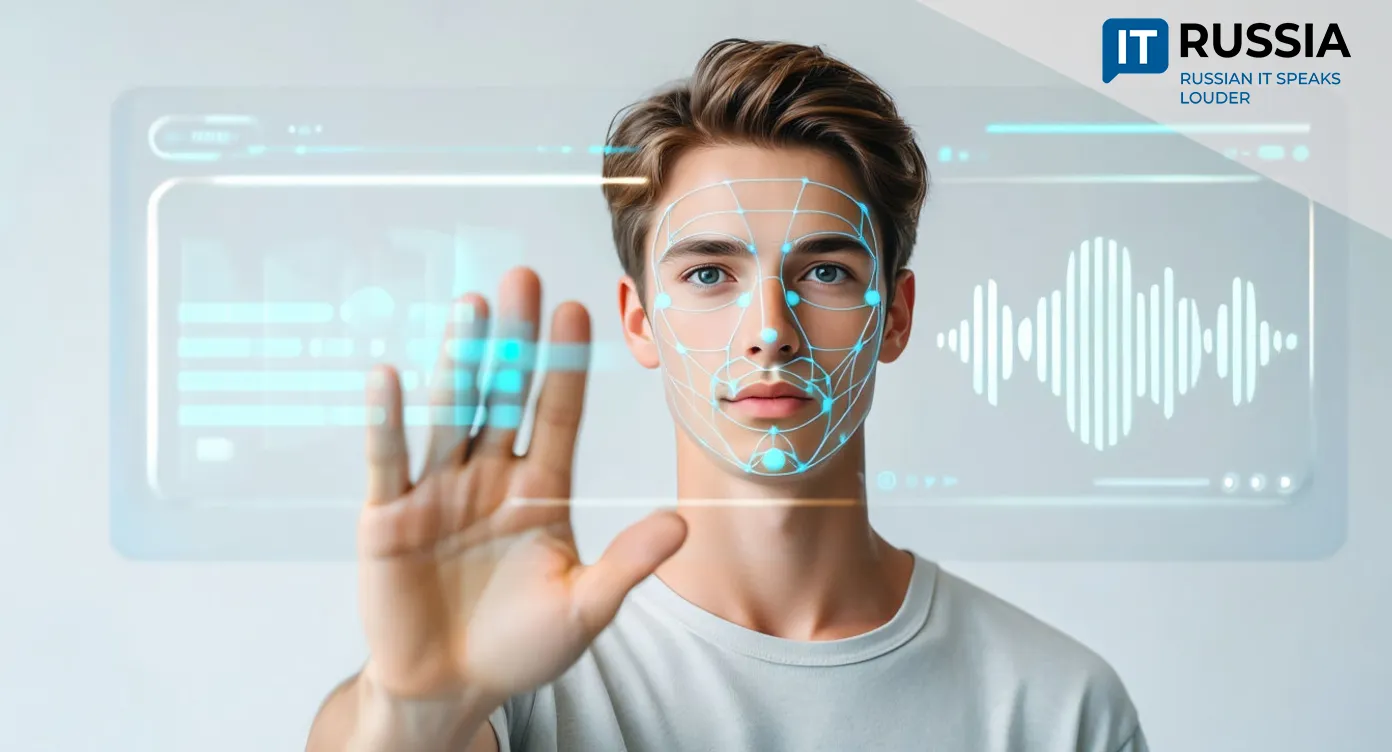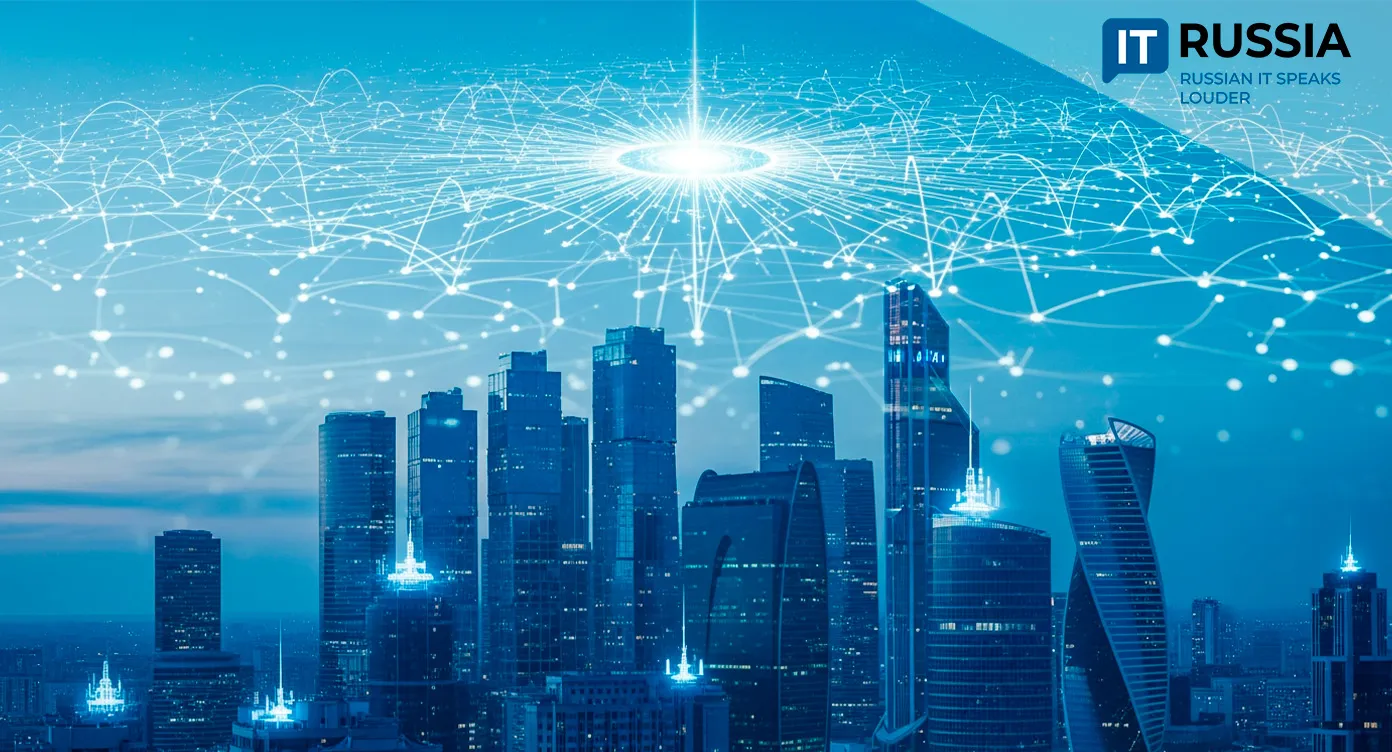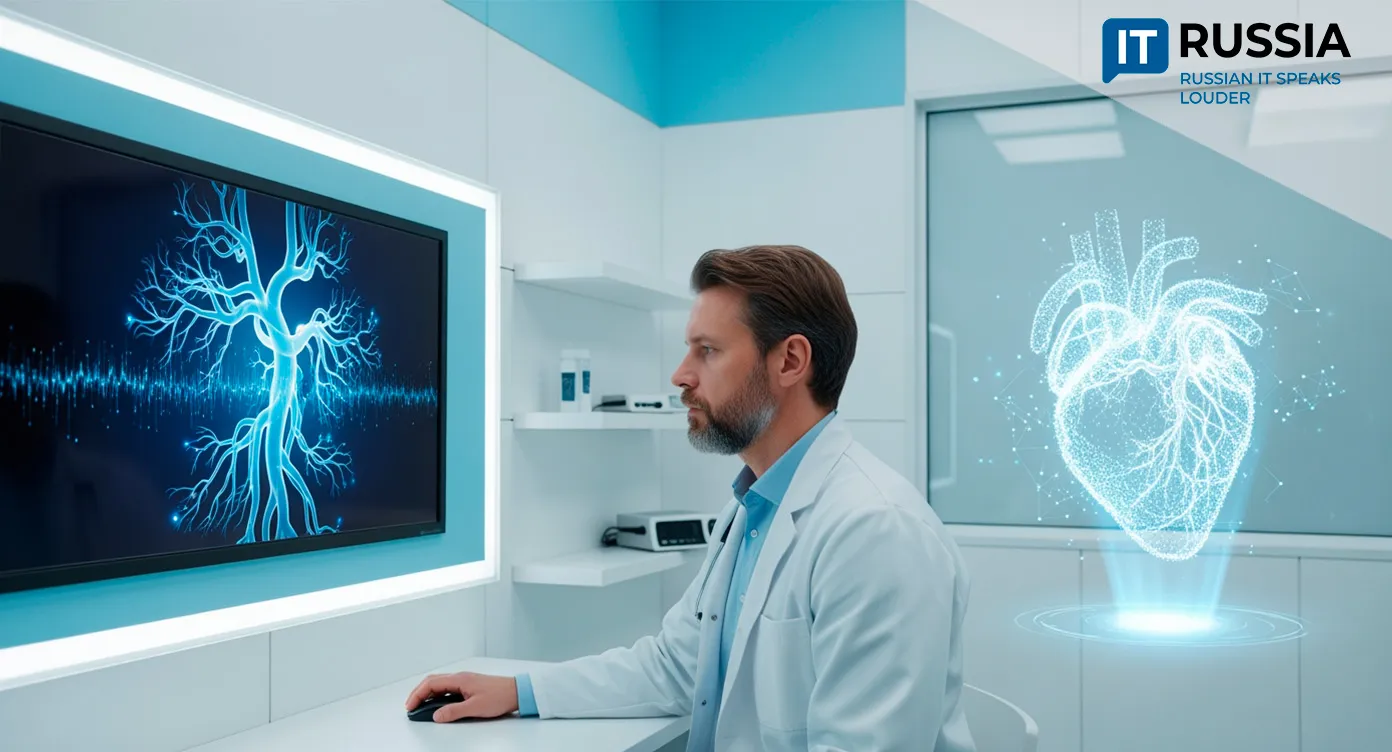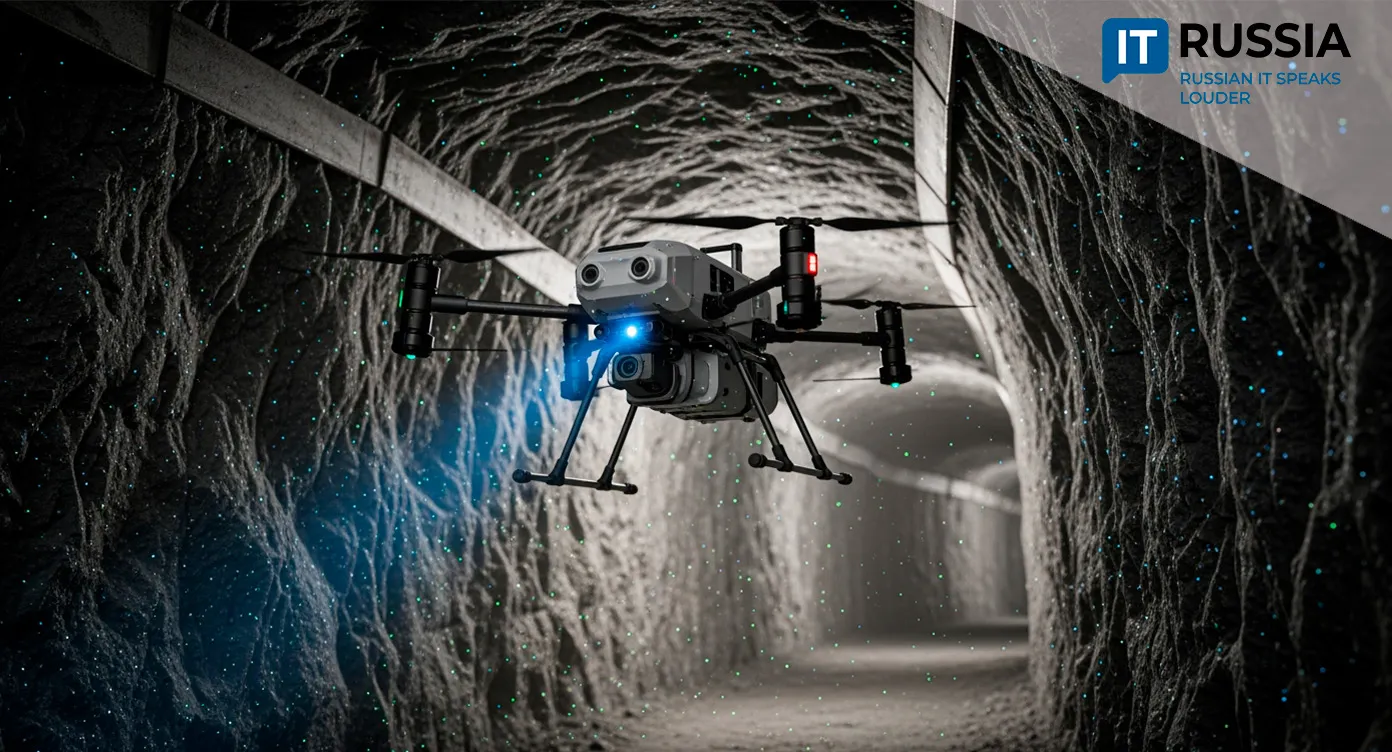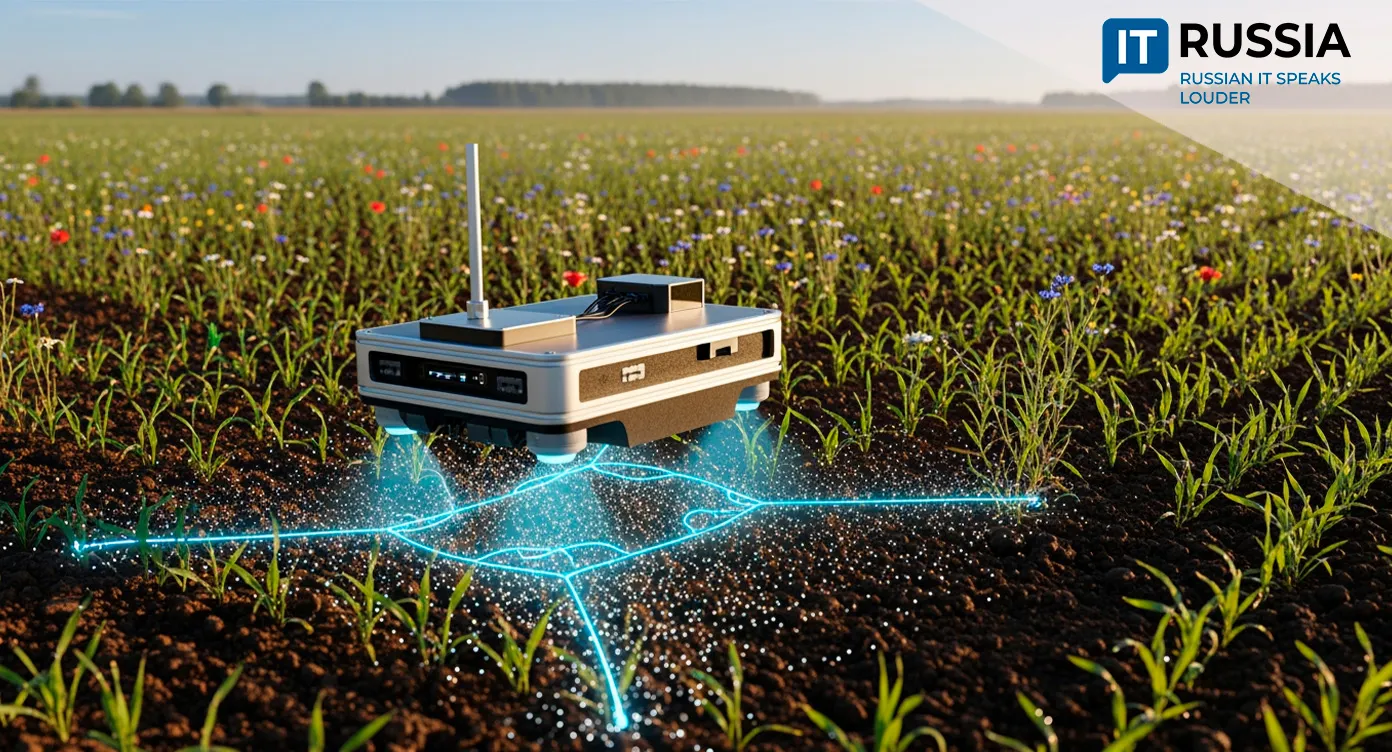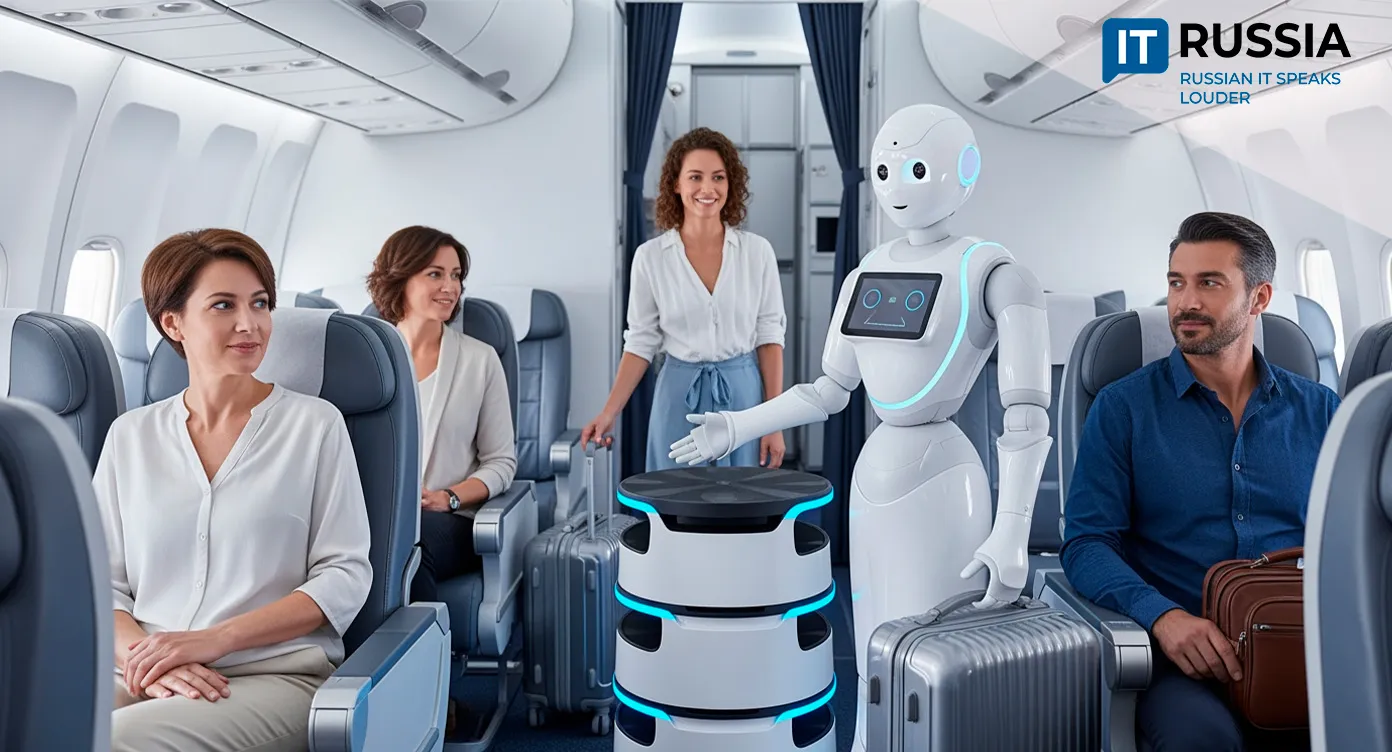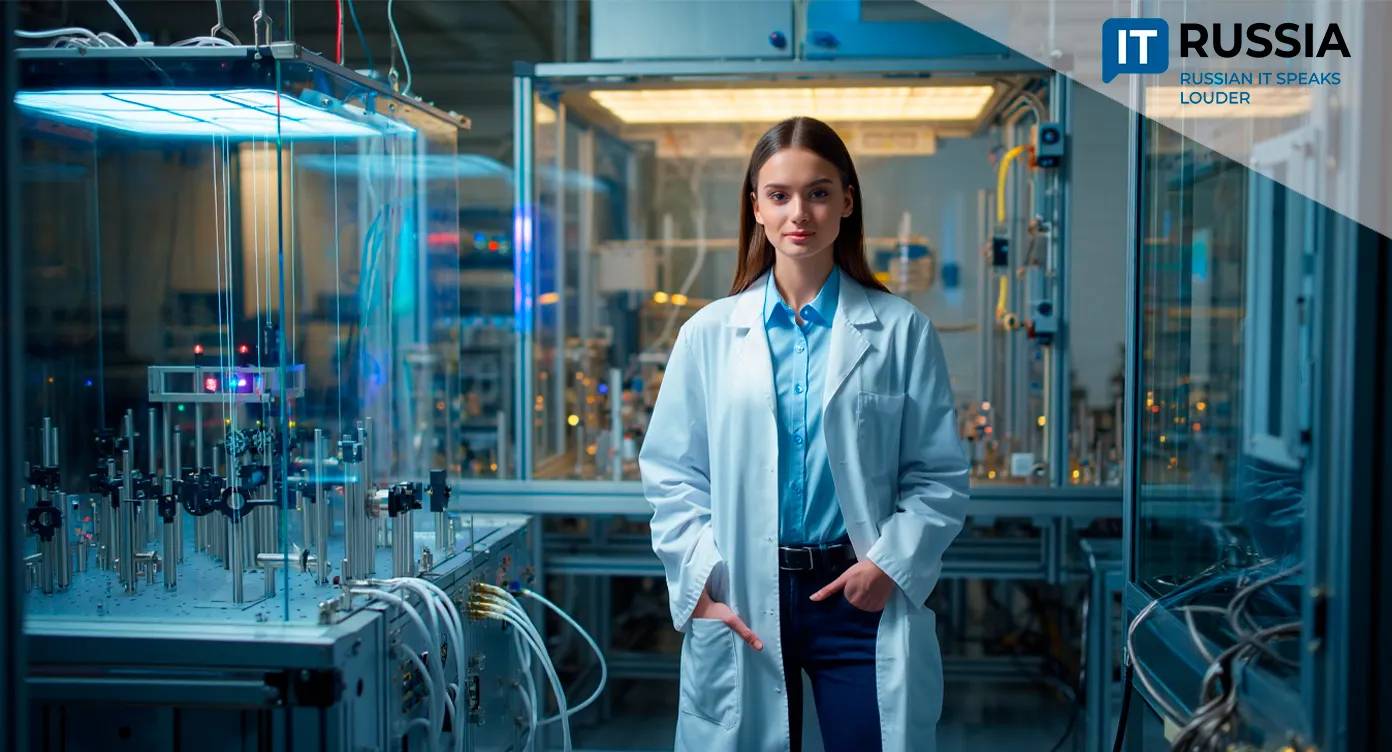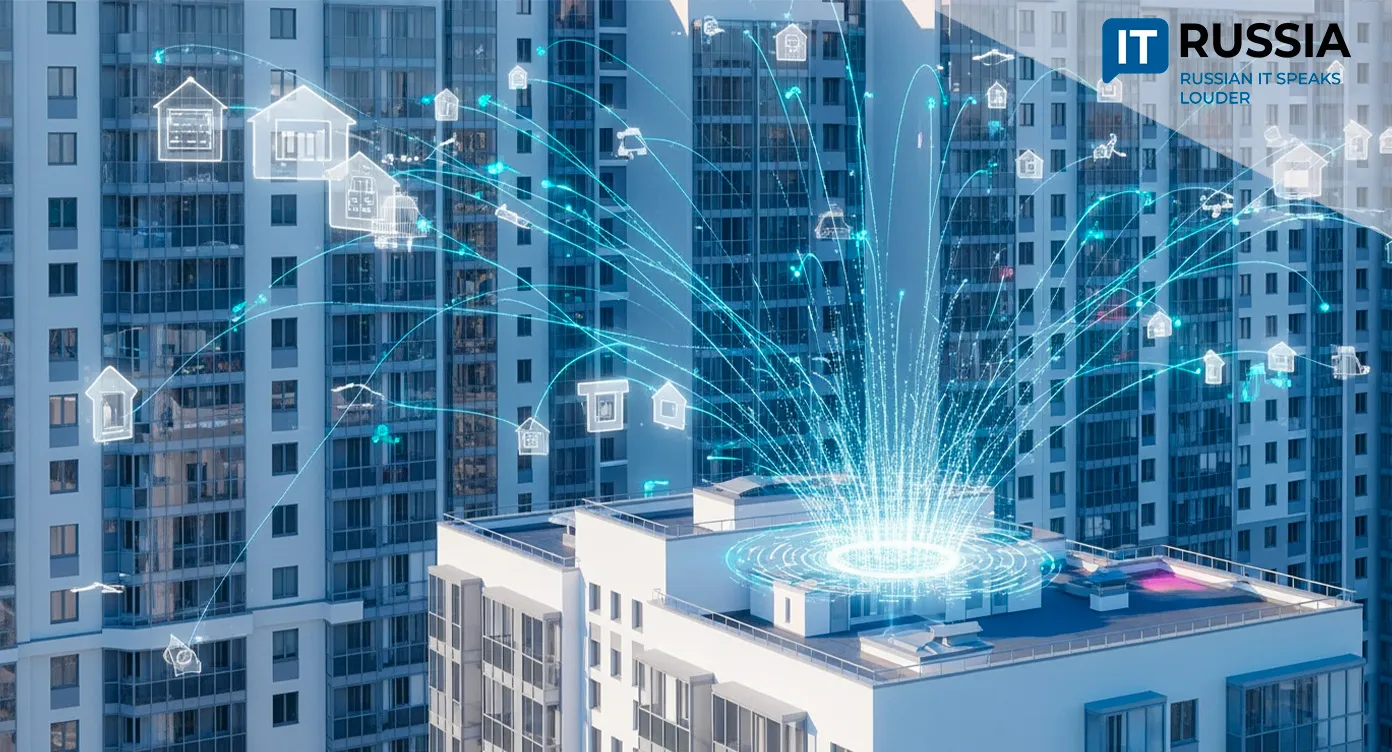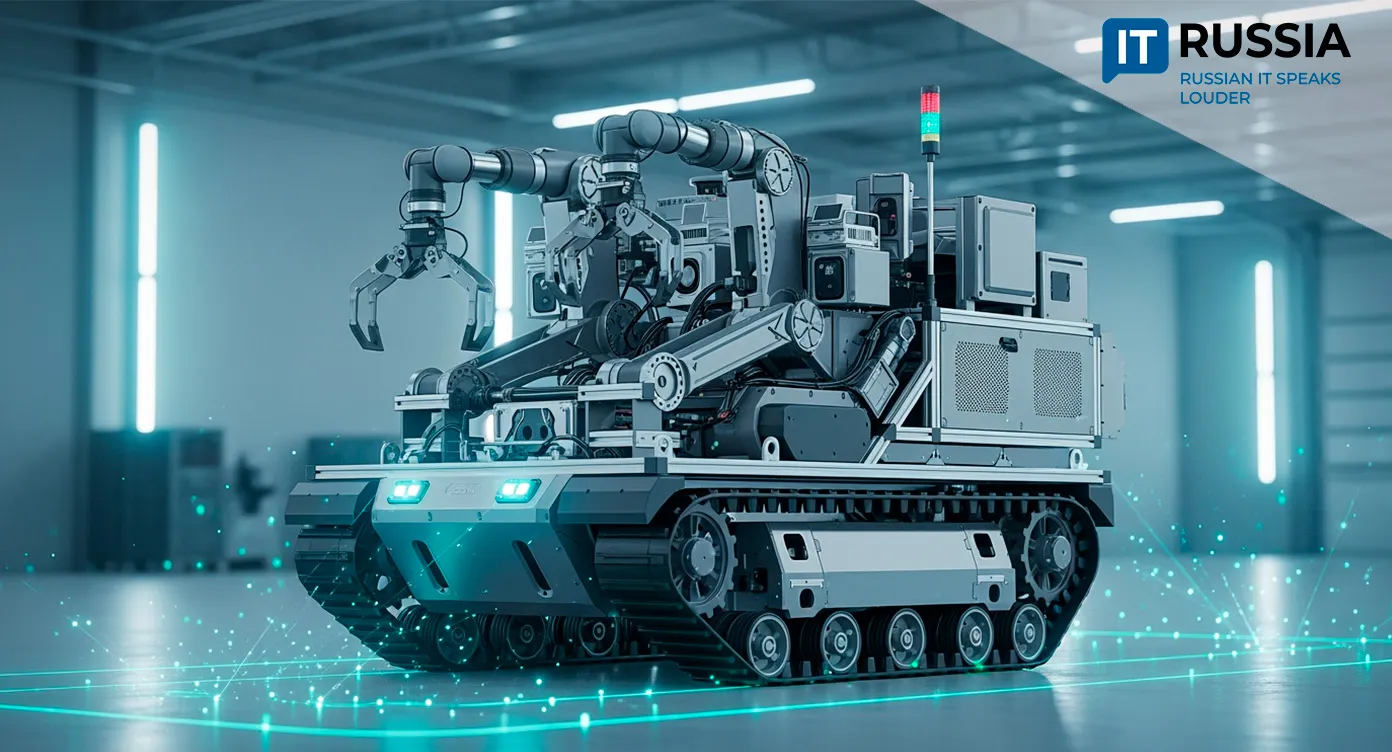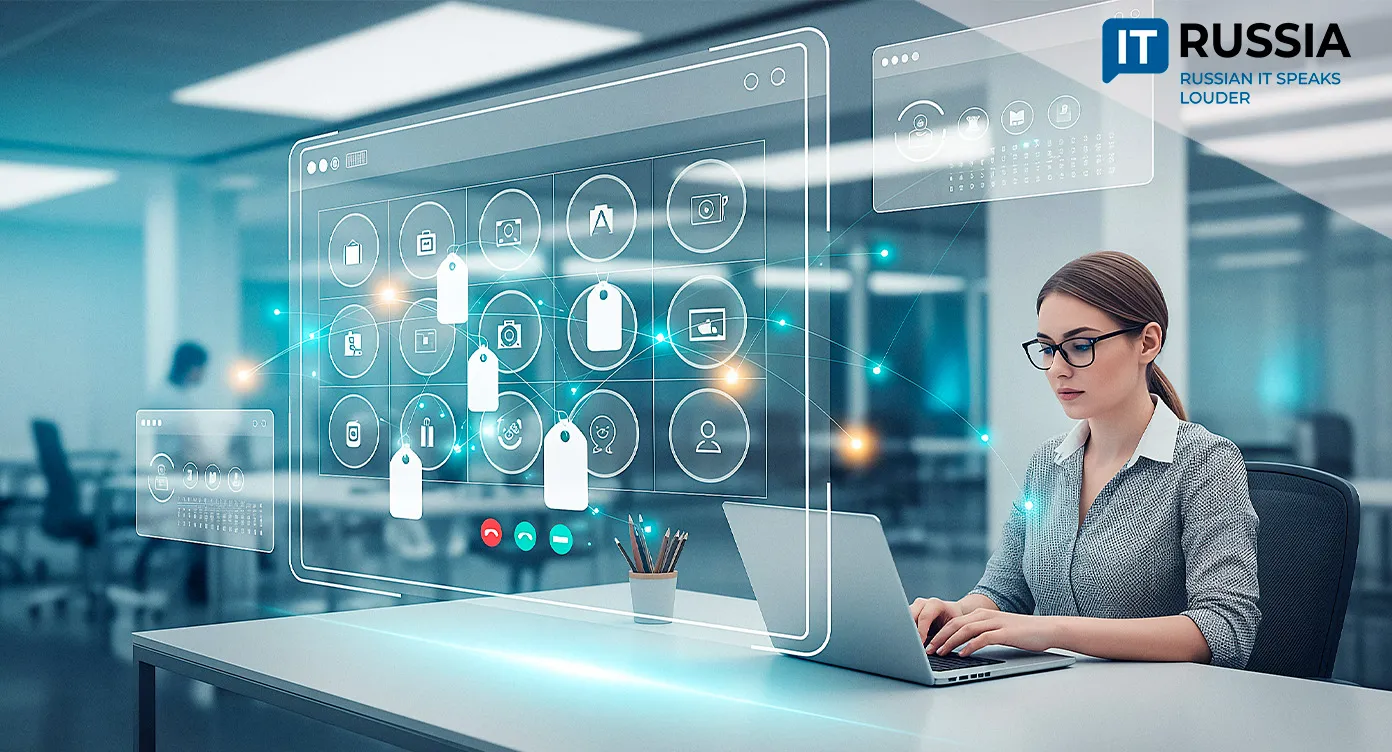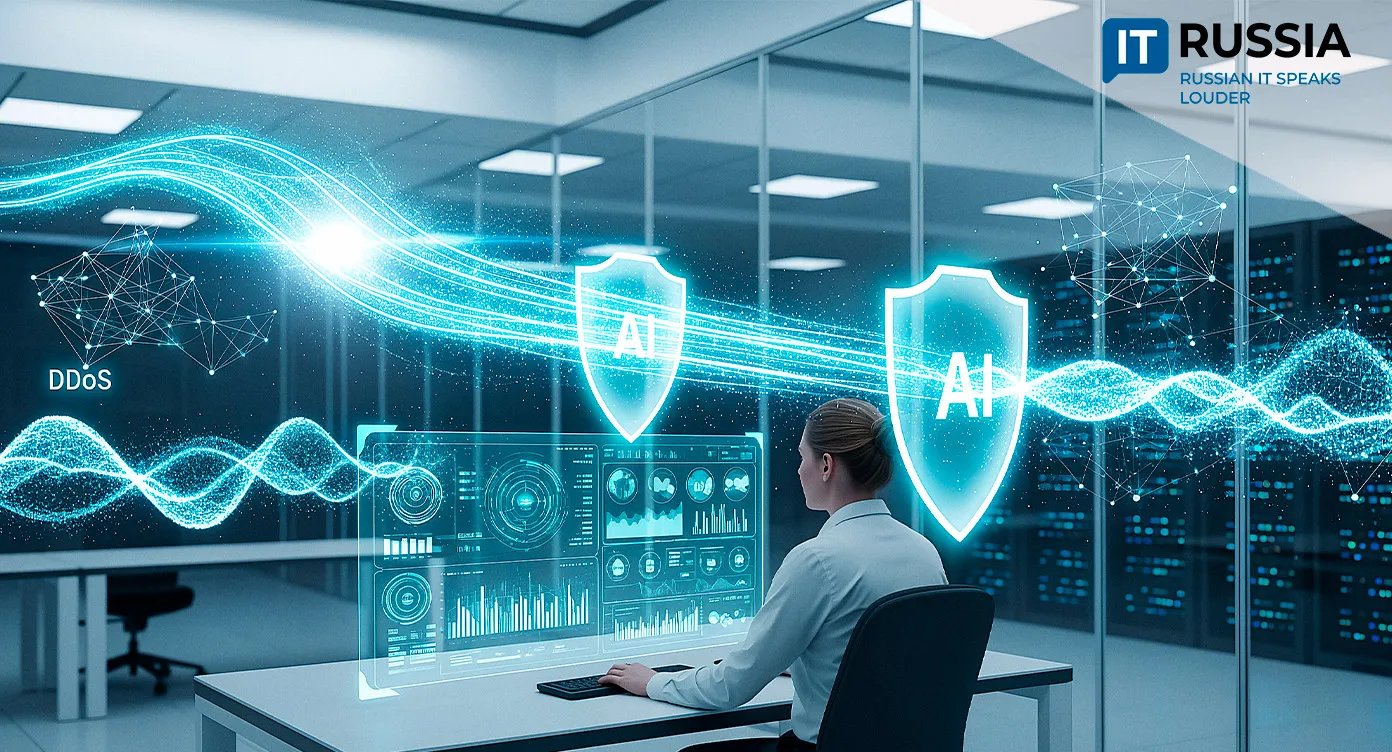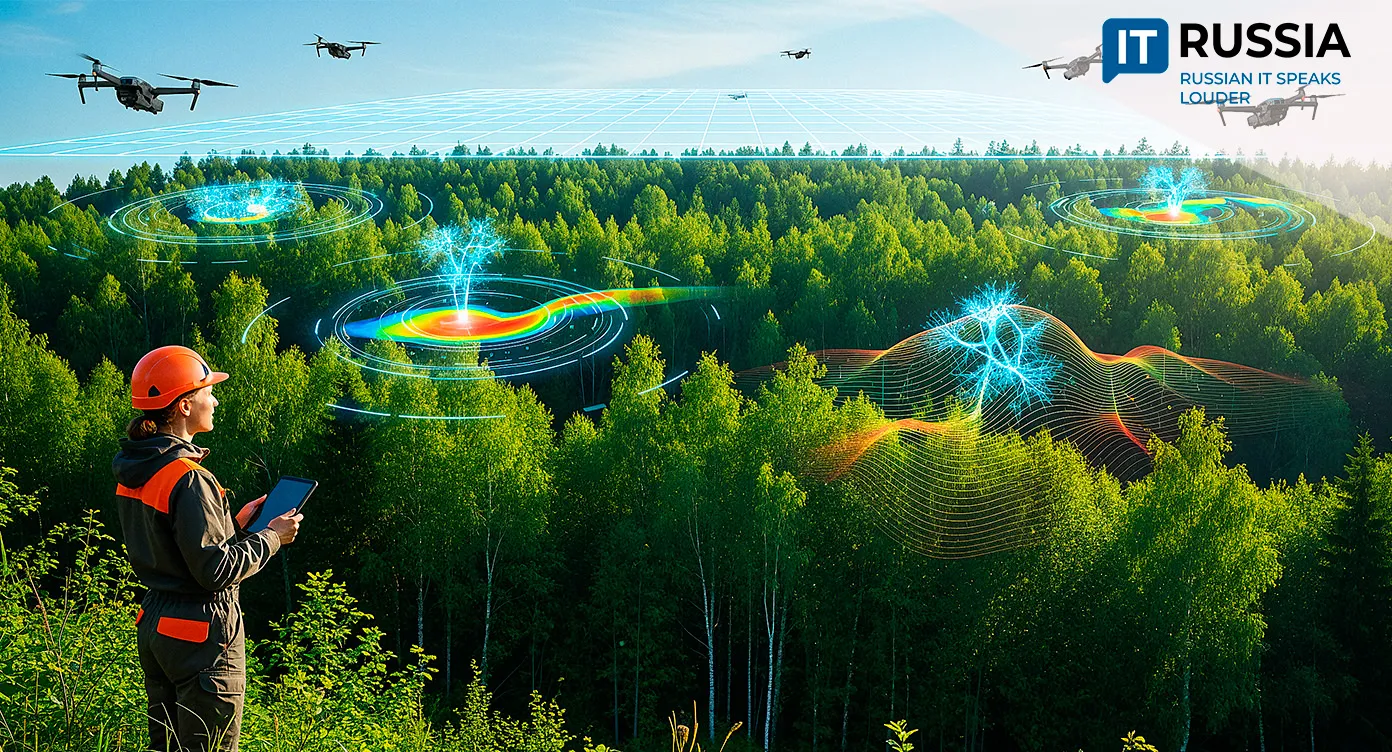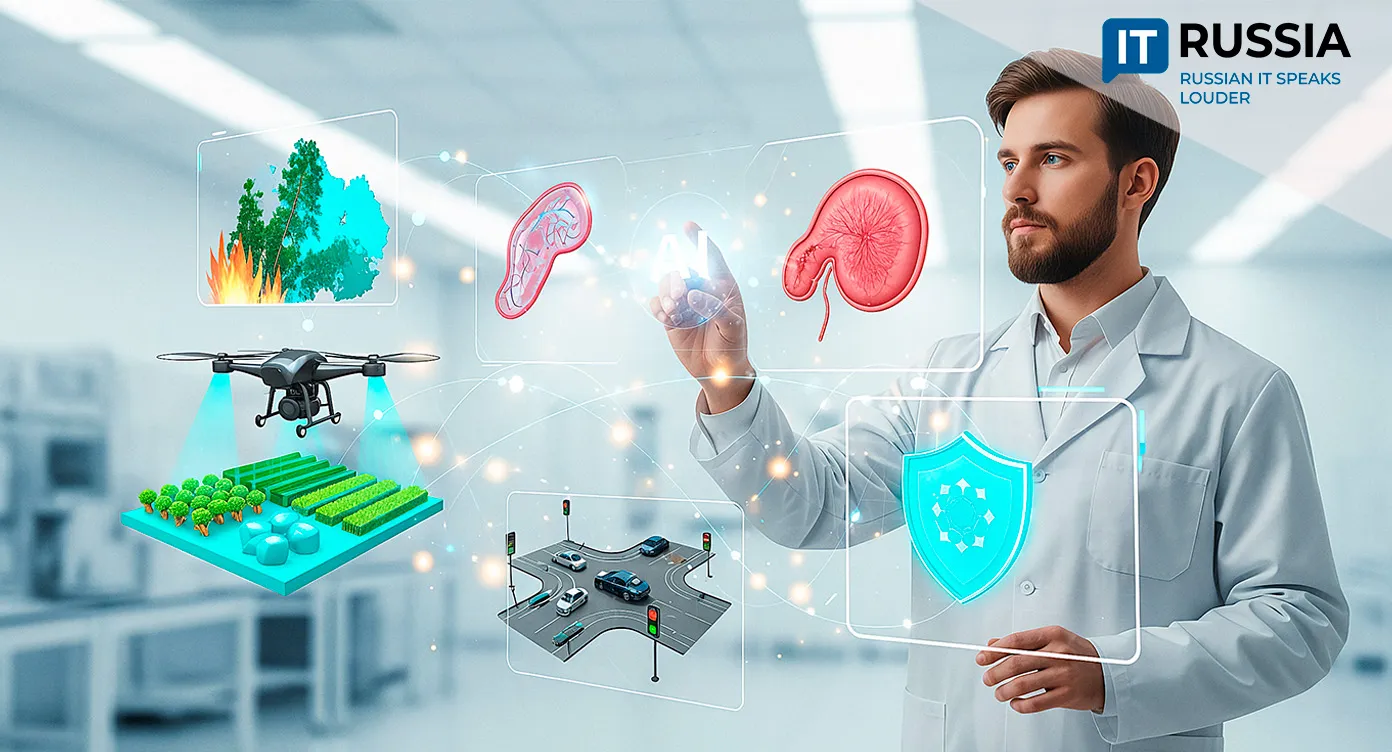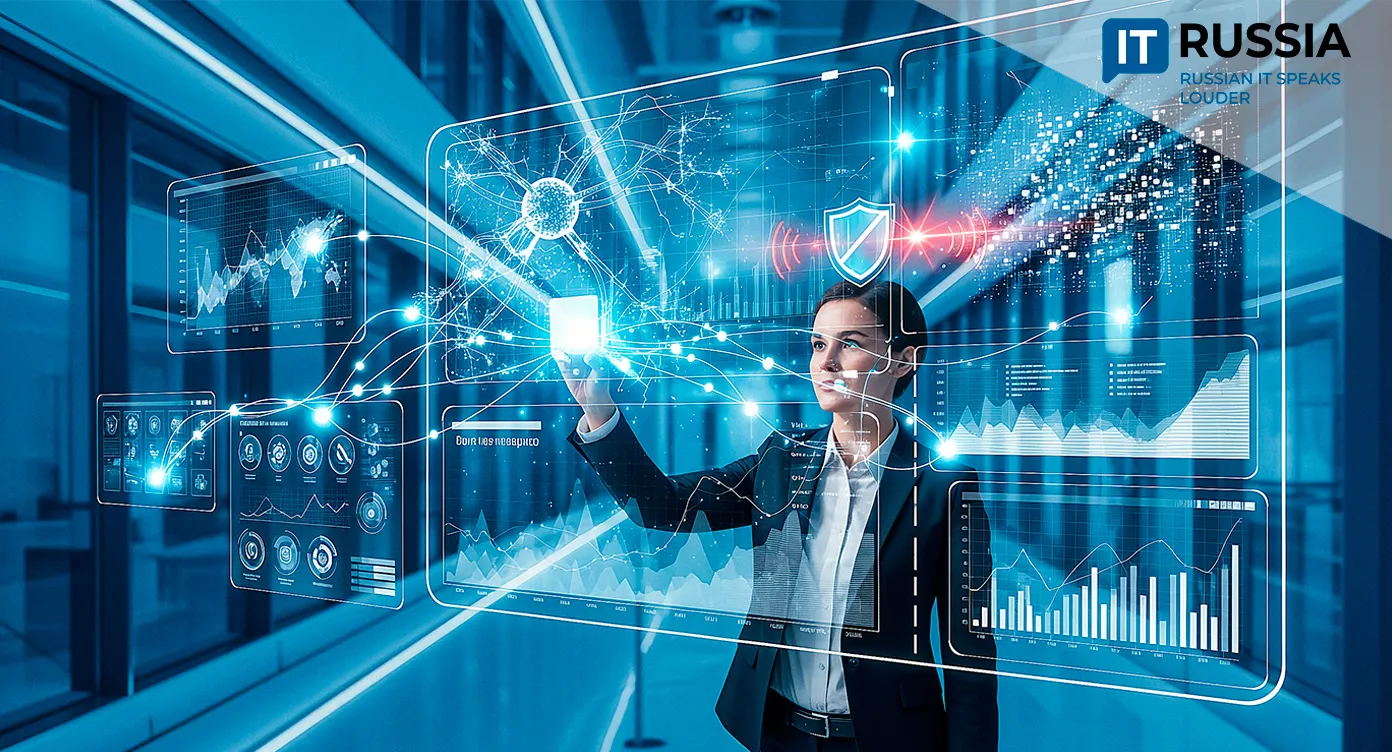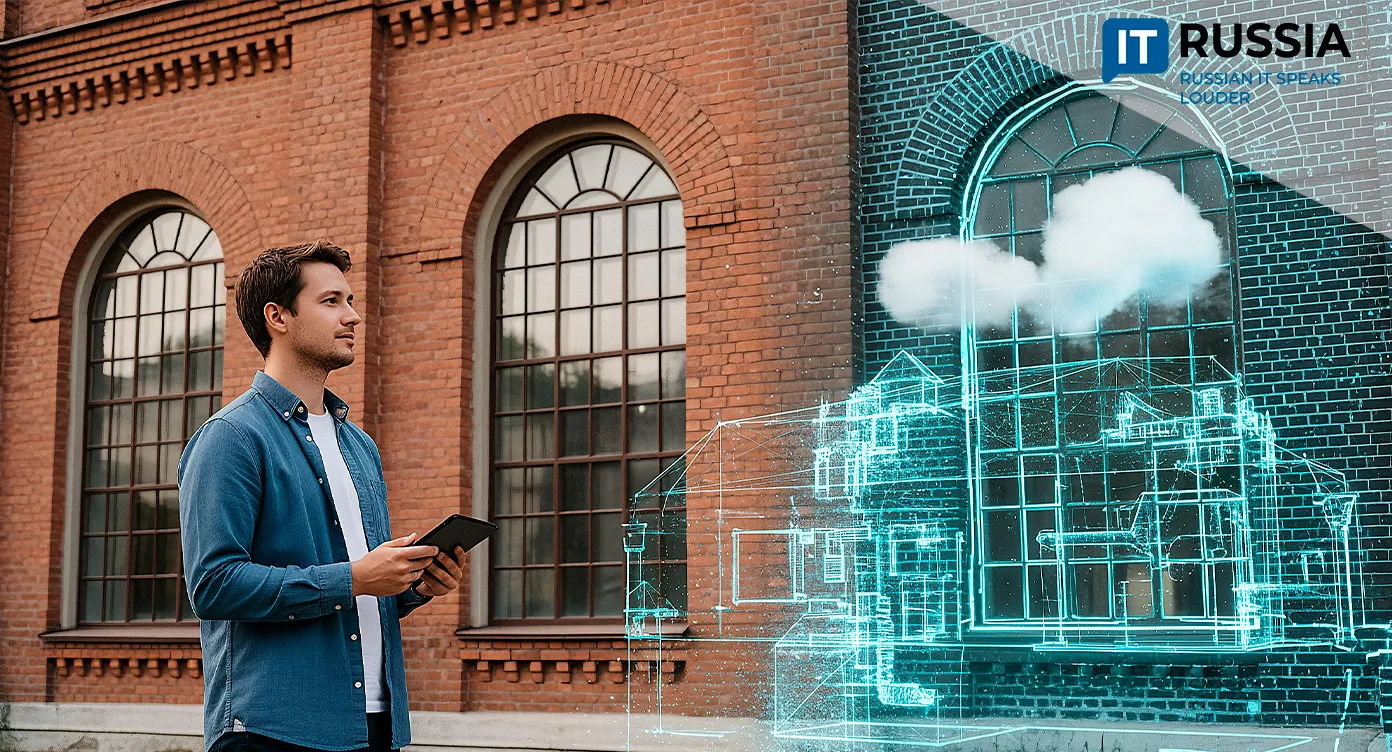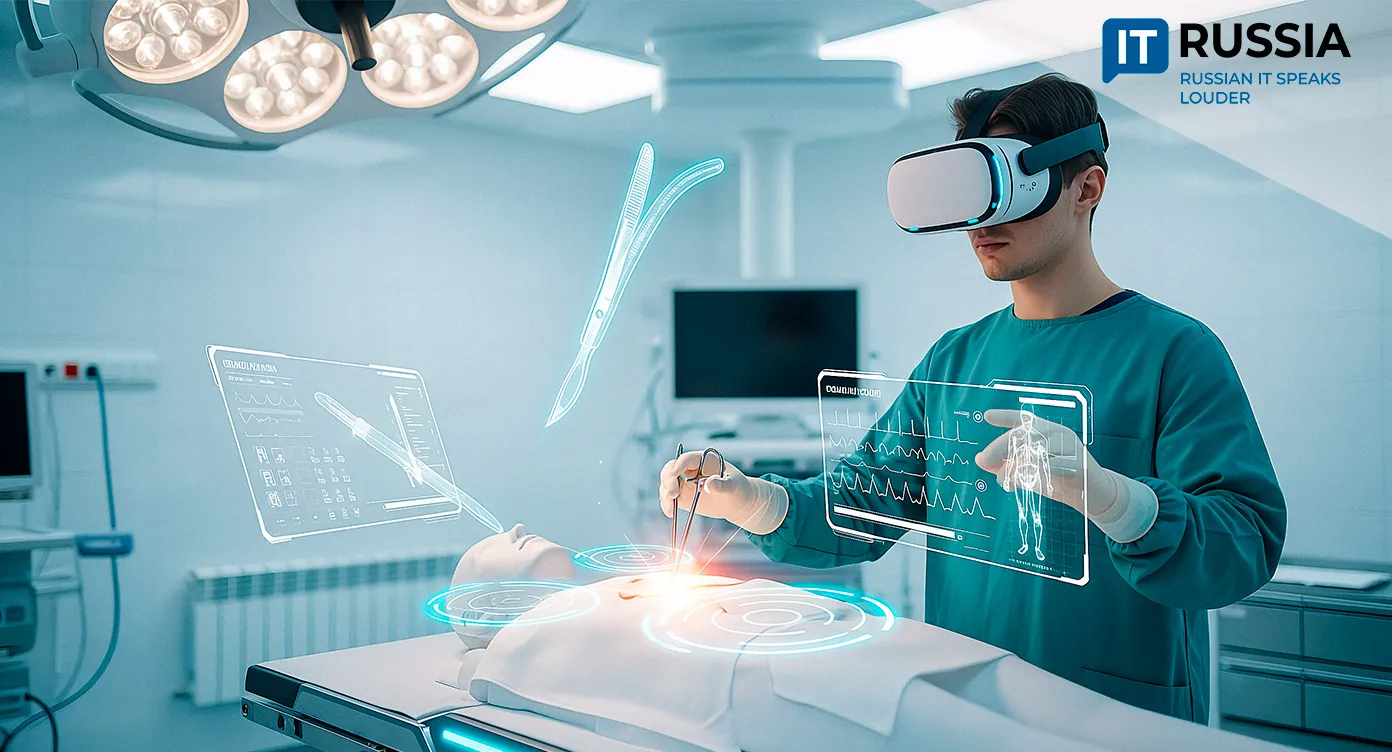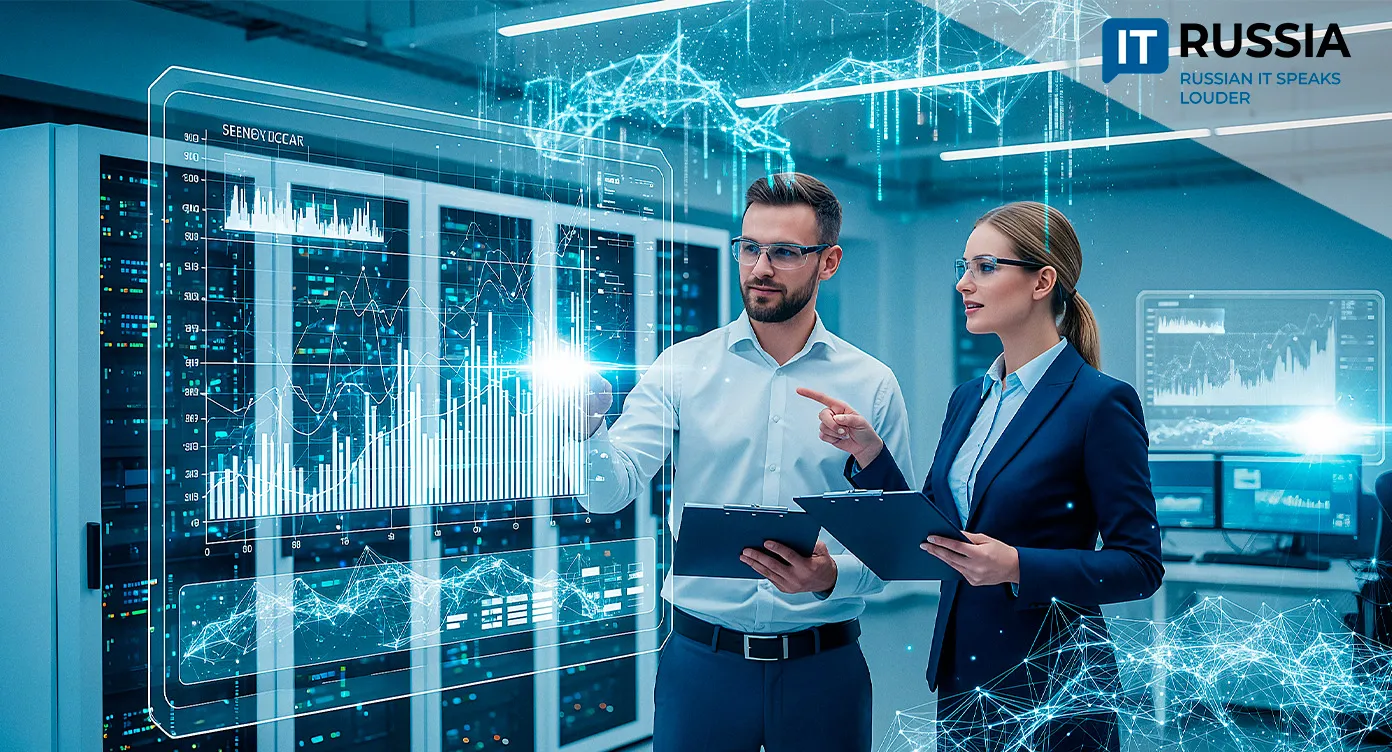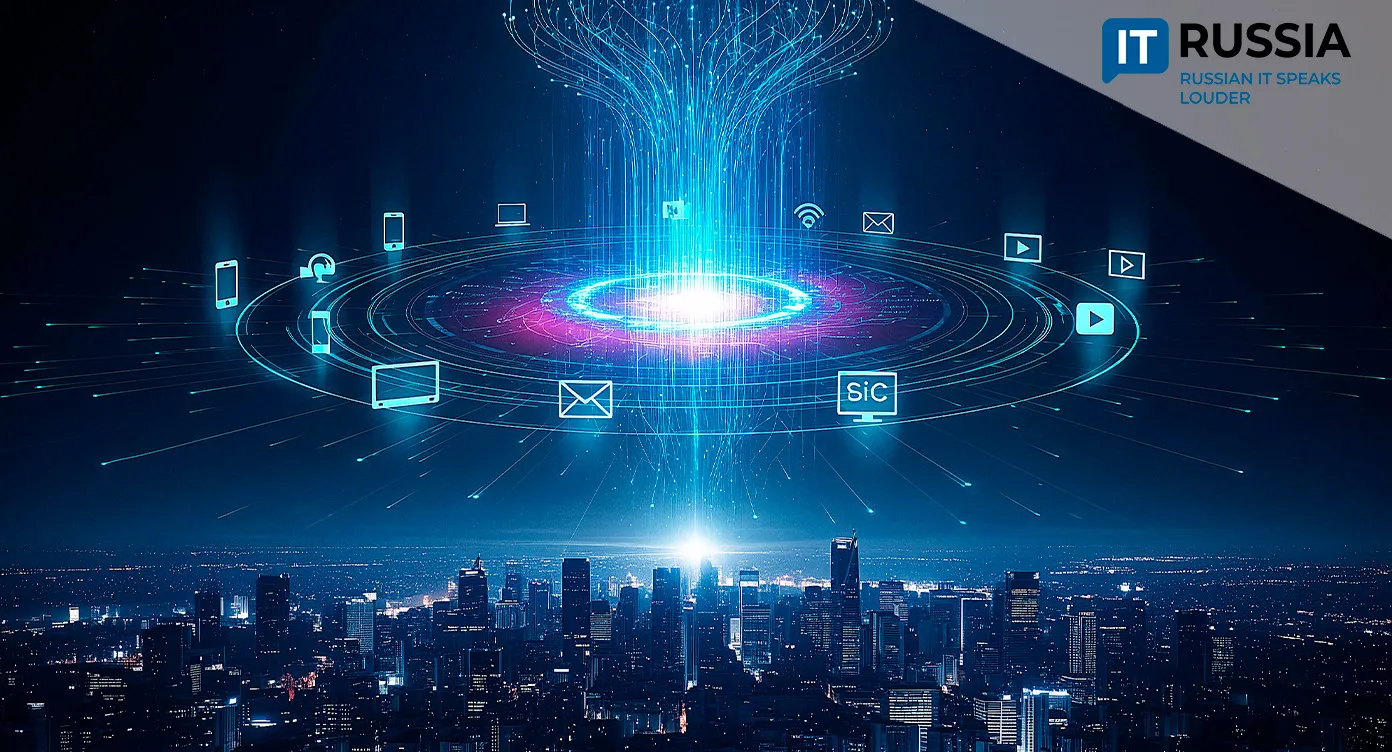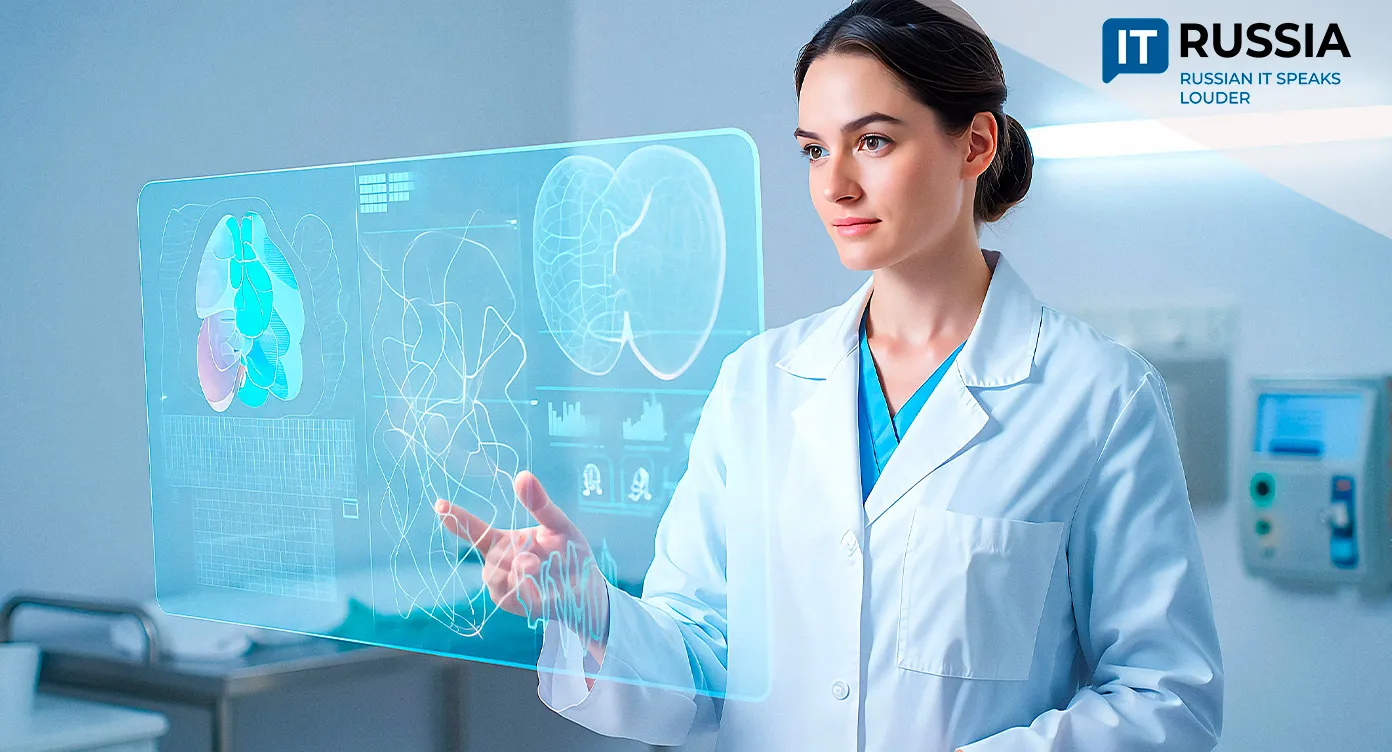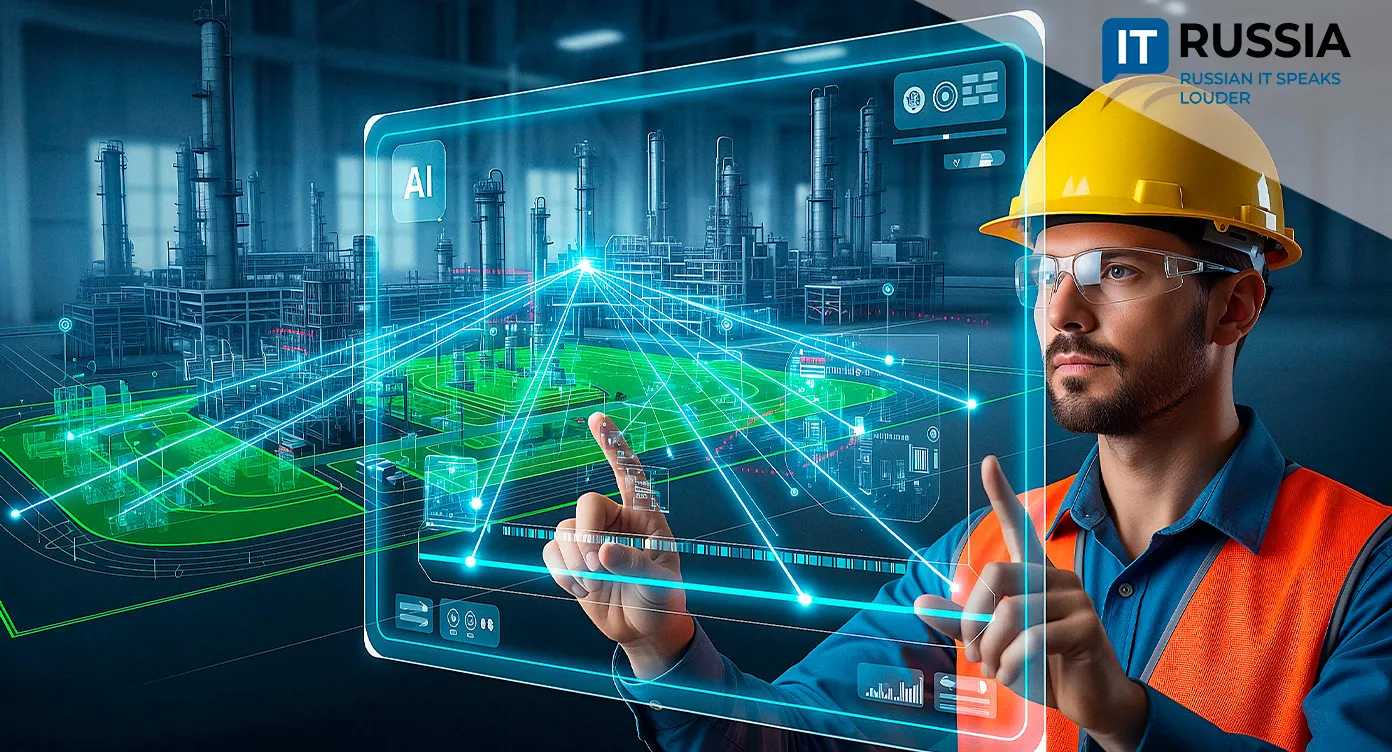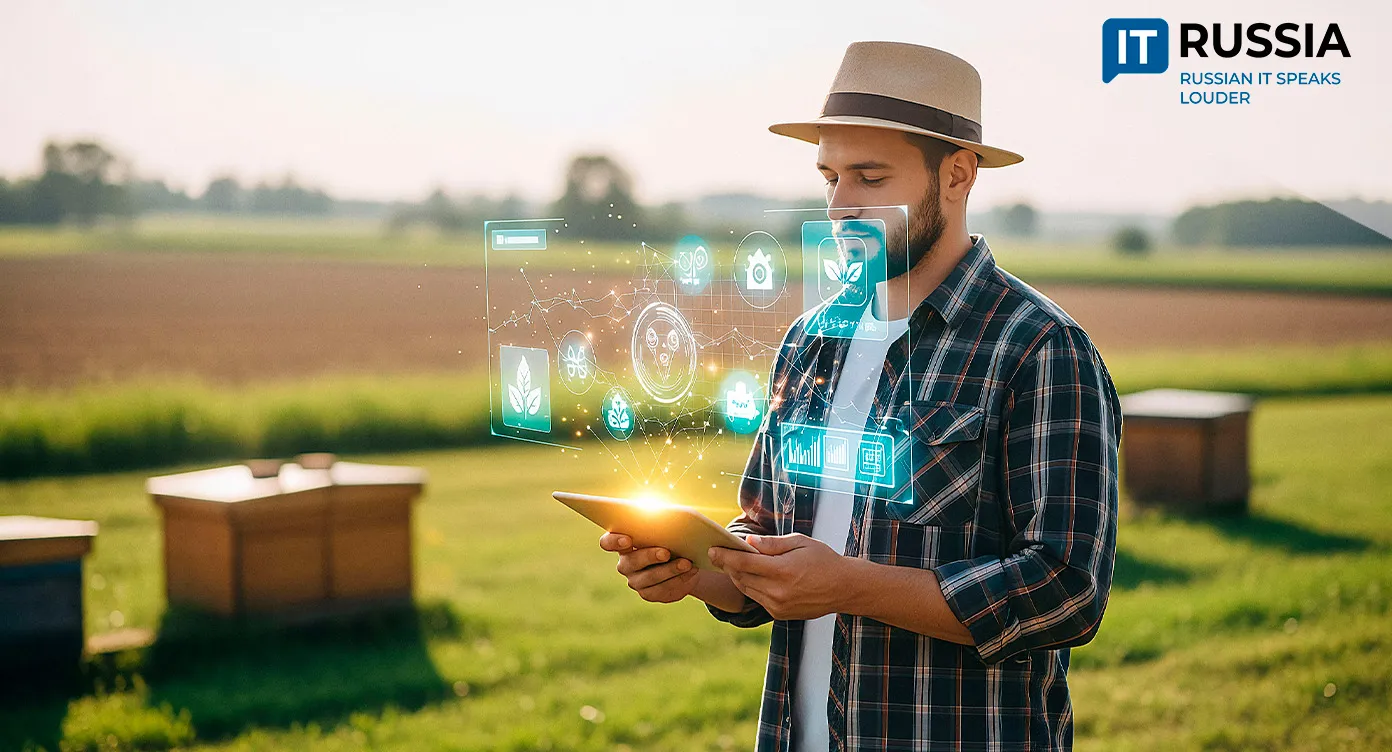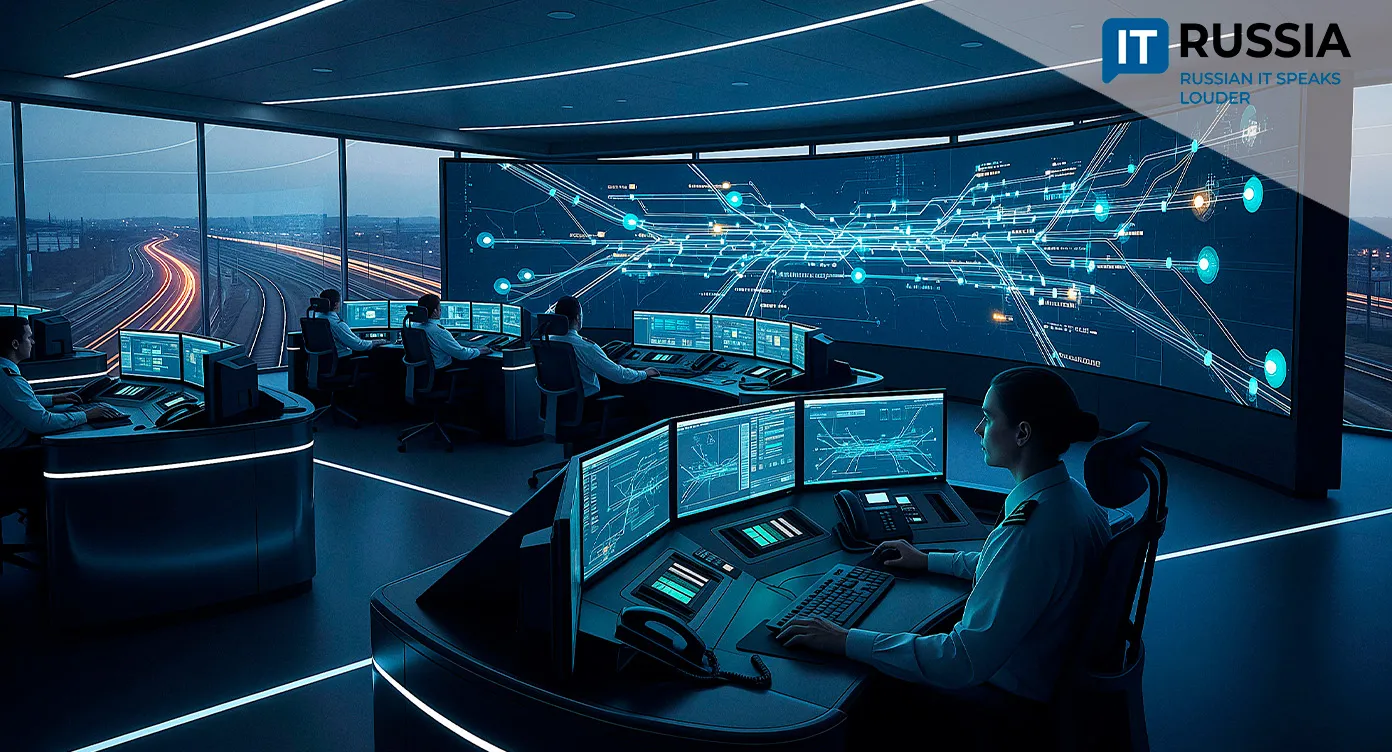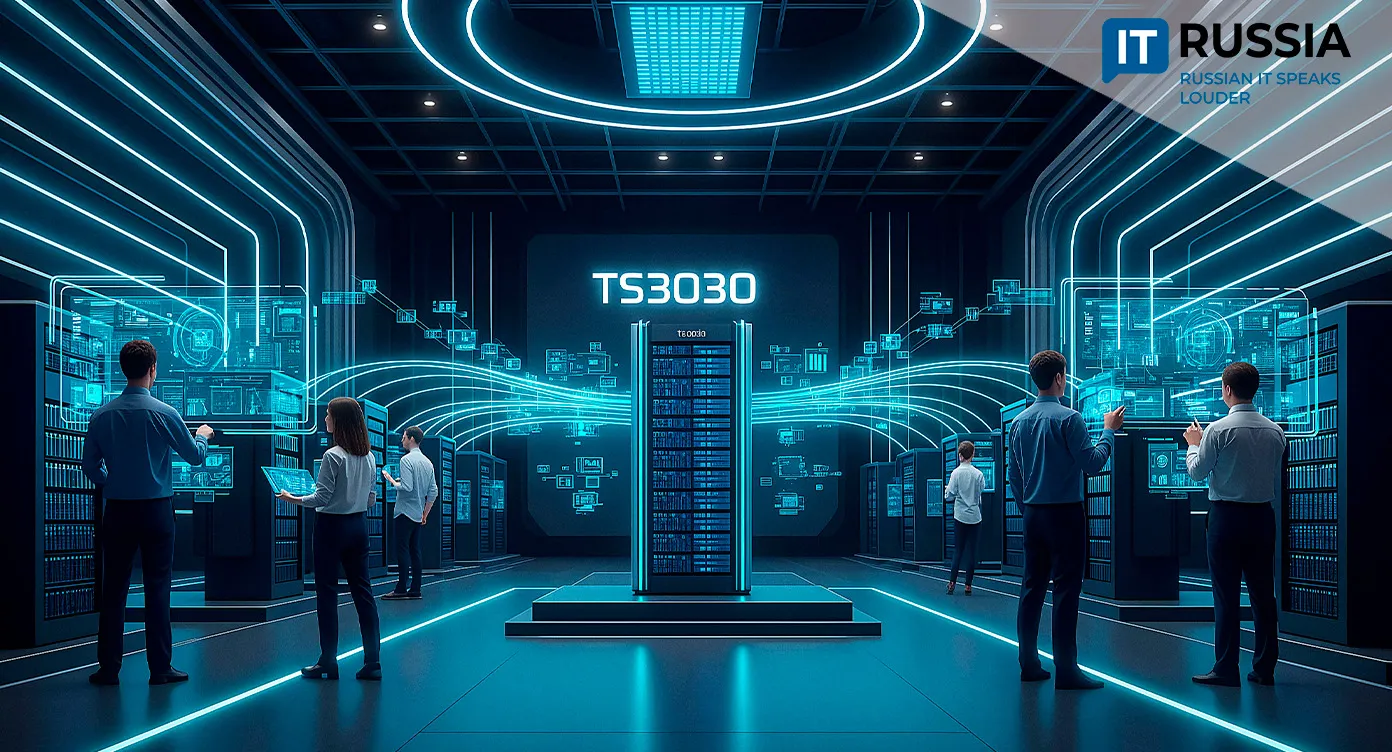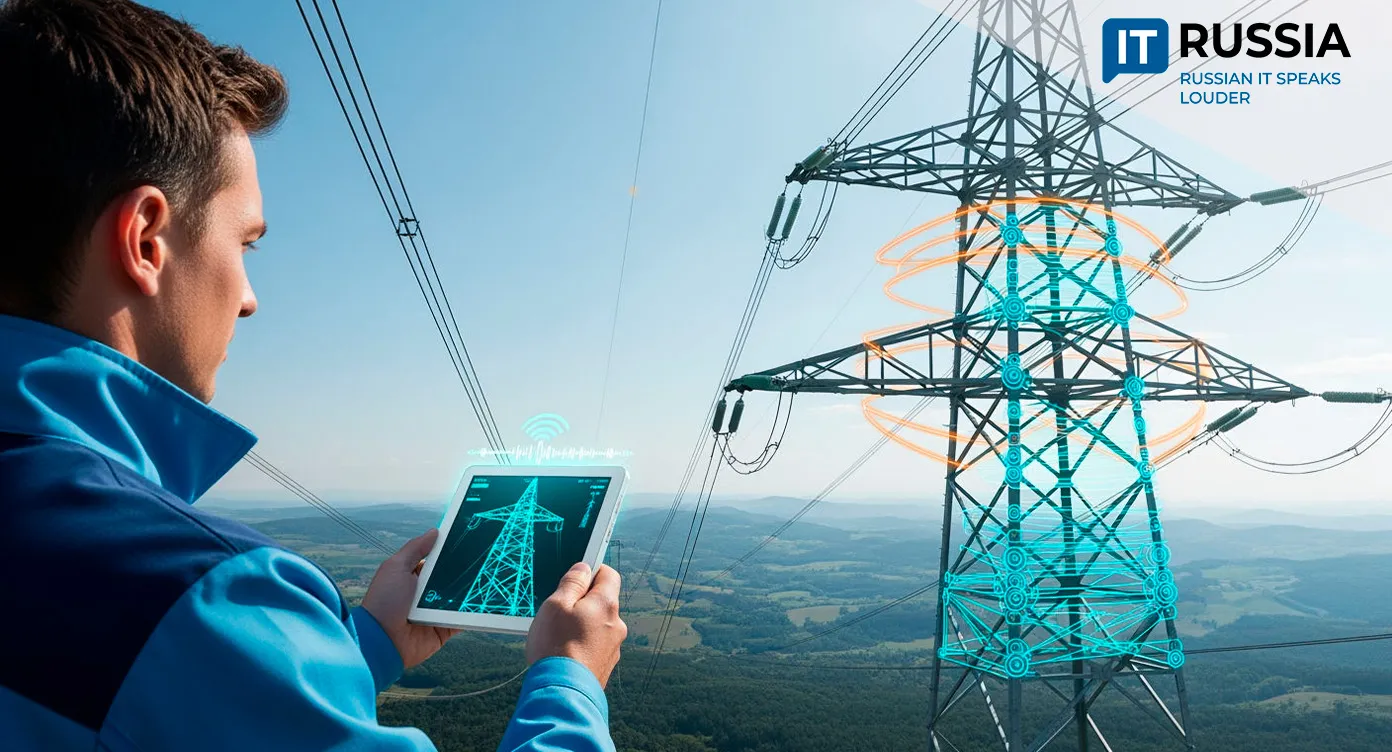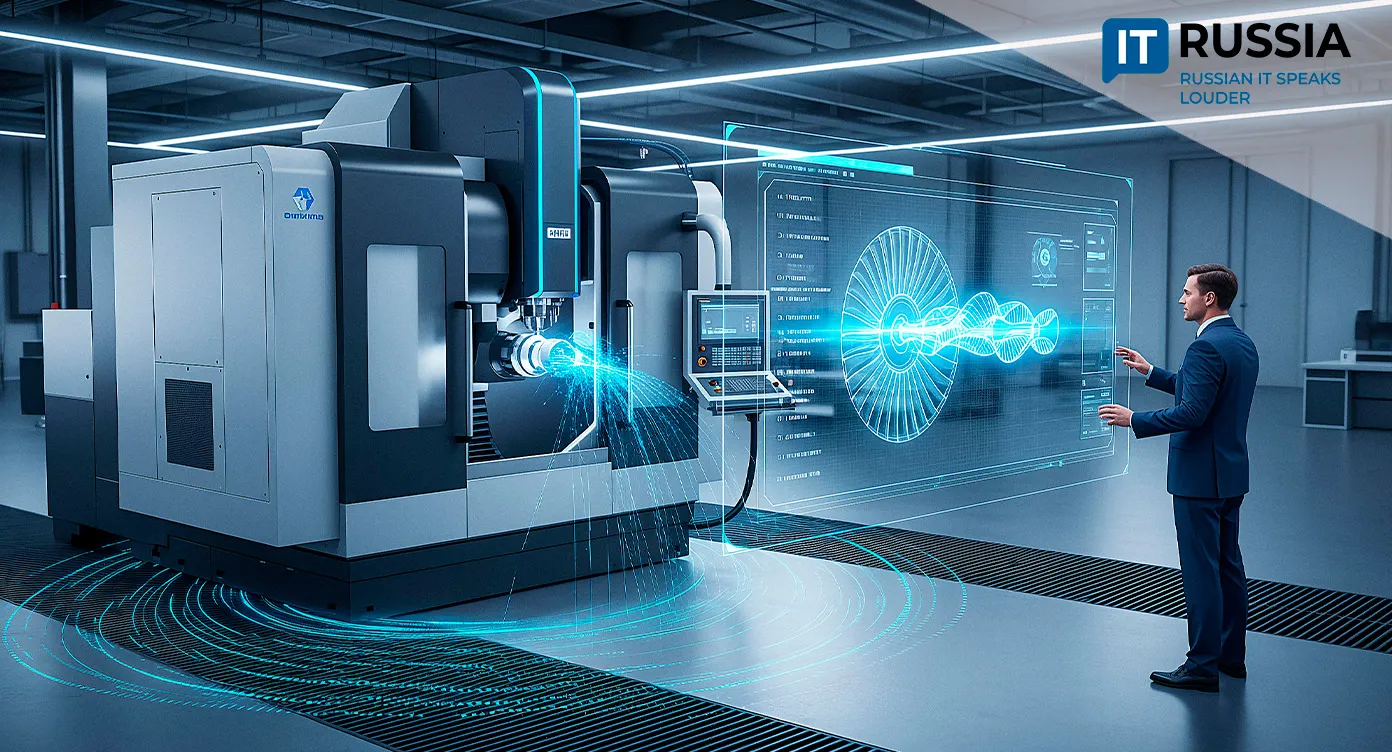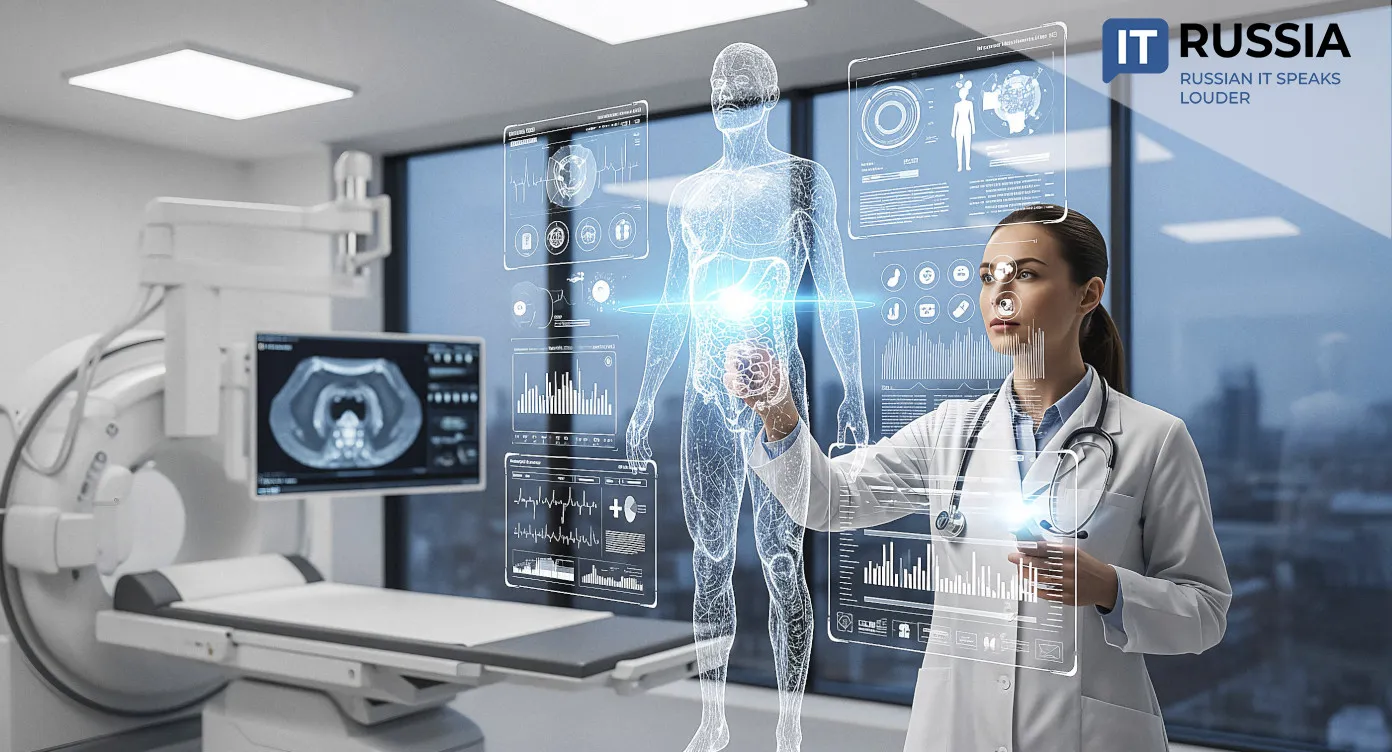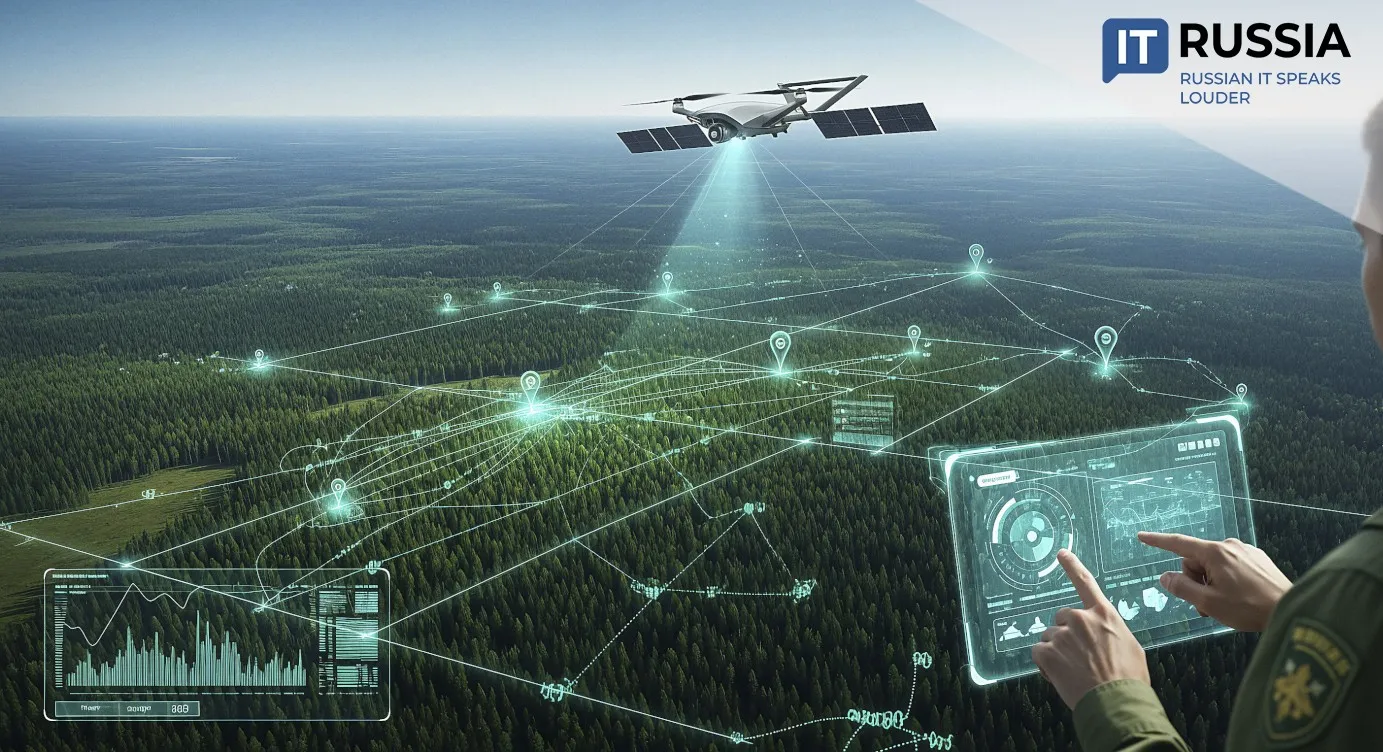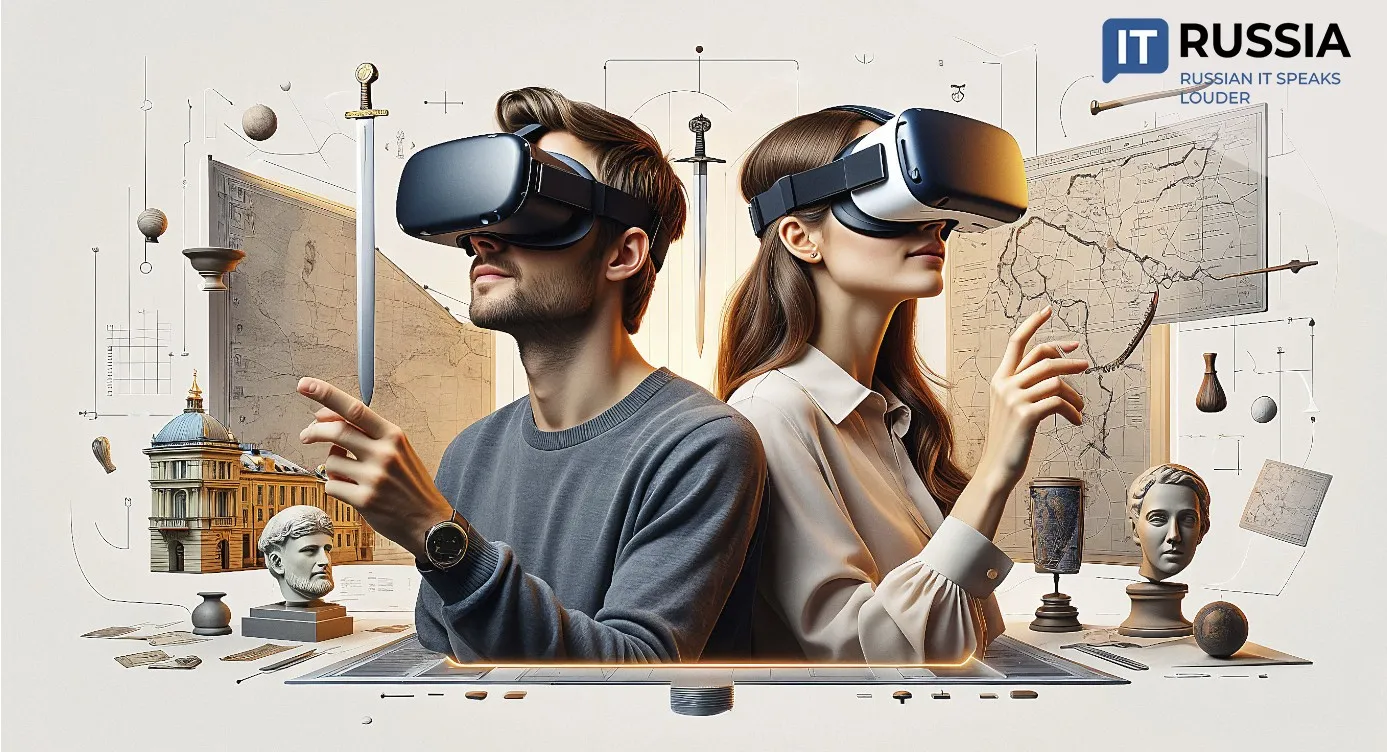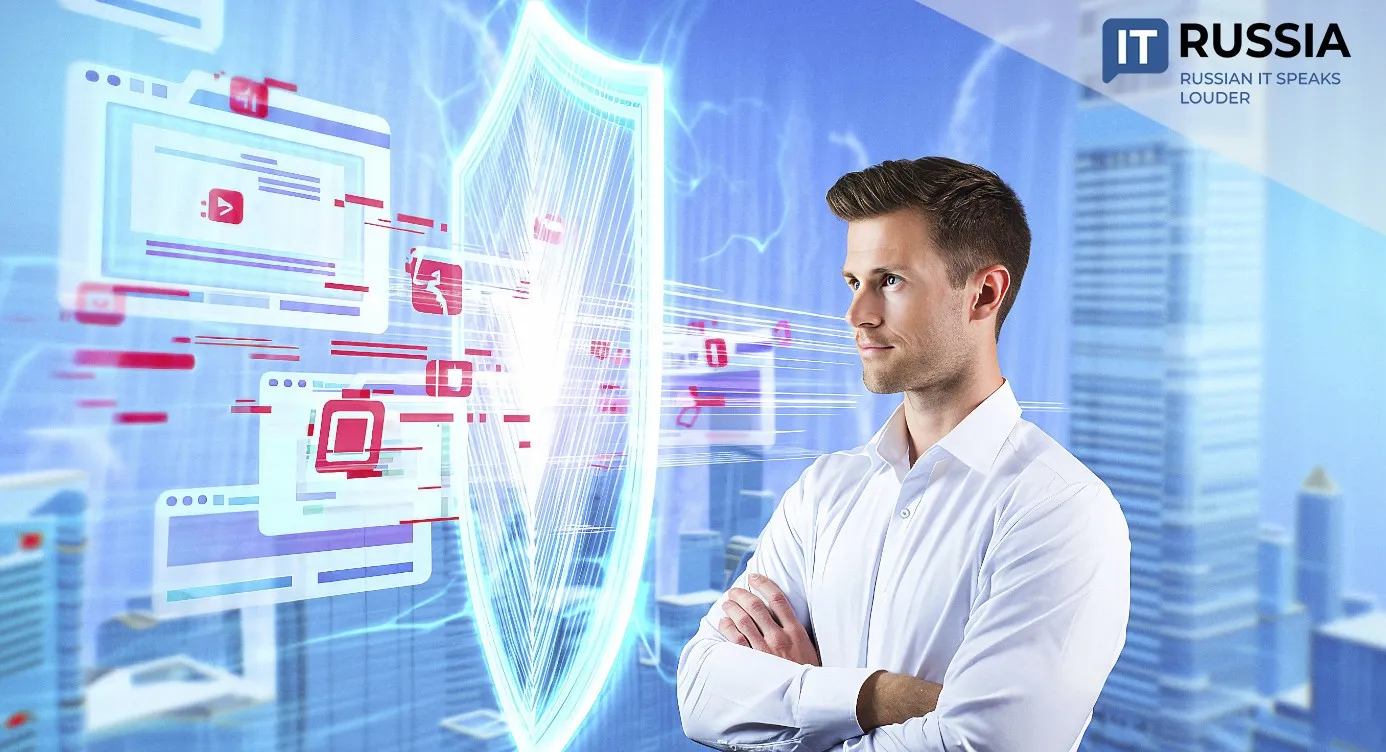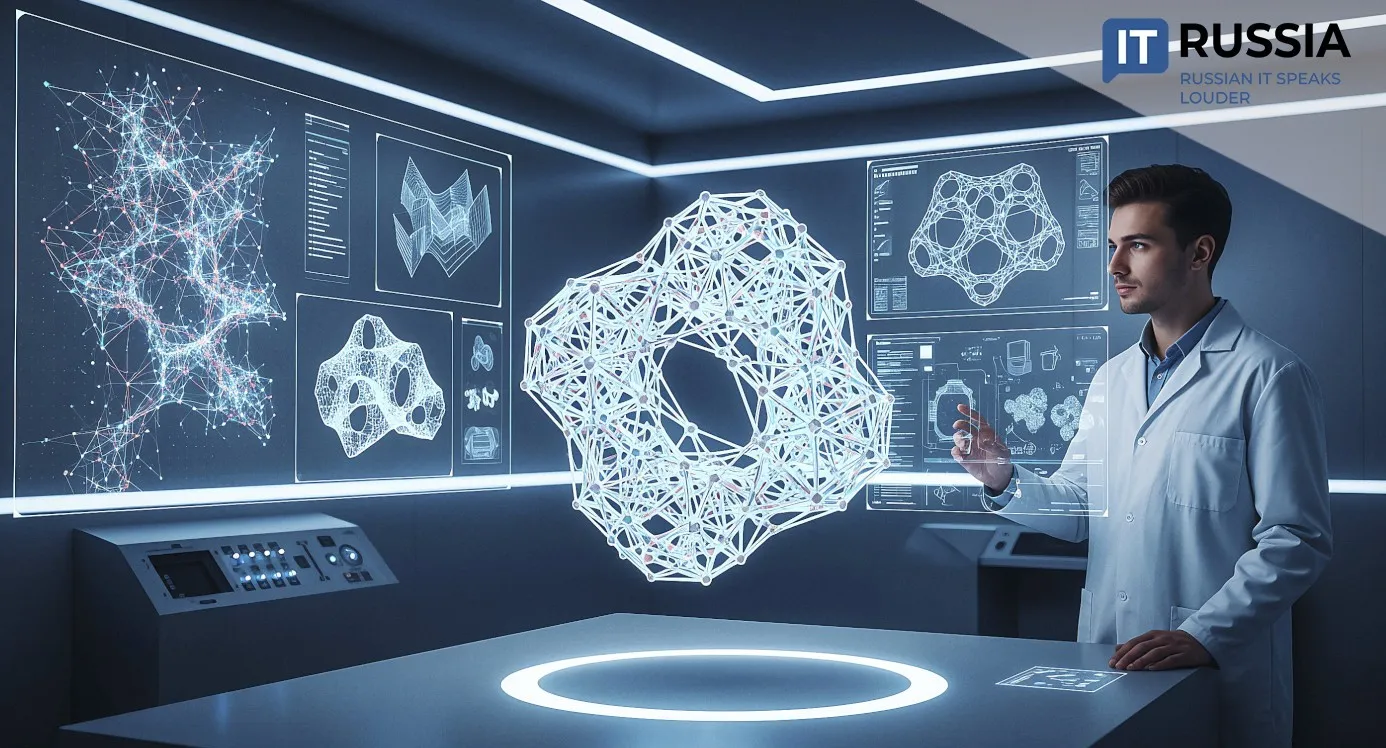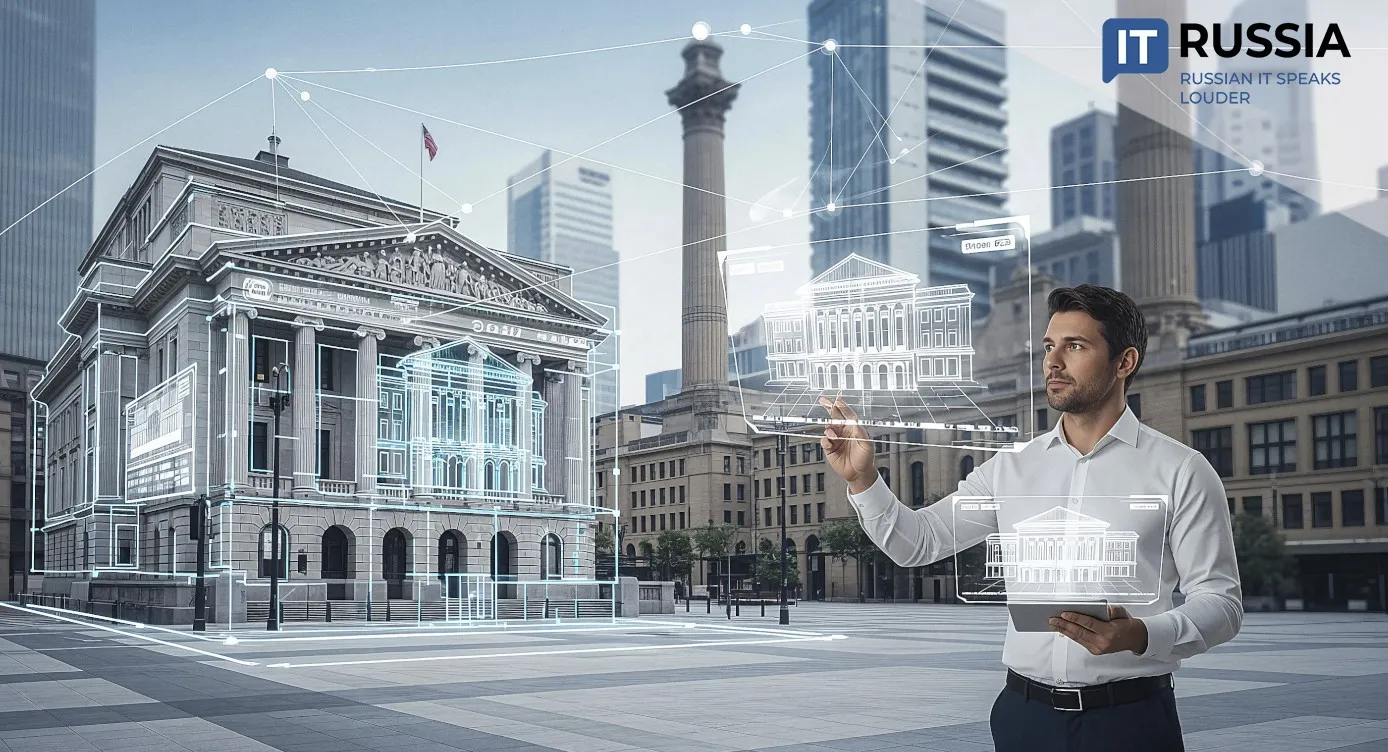How Rosenergoatom Is Training the Workforce of the Future: VR Simulators Built on Domestic Technologies
Rosenergoatom, Russia’s nuclear power generation subsidiary, is launching a major virtual reality training program based entirely on domestic software — Astra Linux and the Unigine 3D engine.
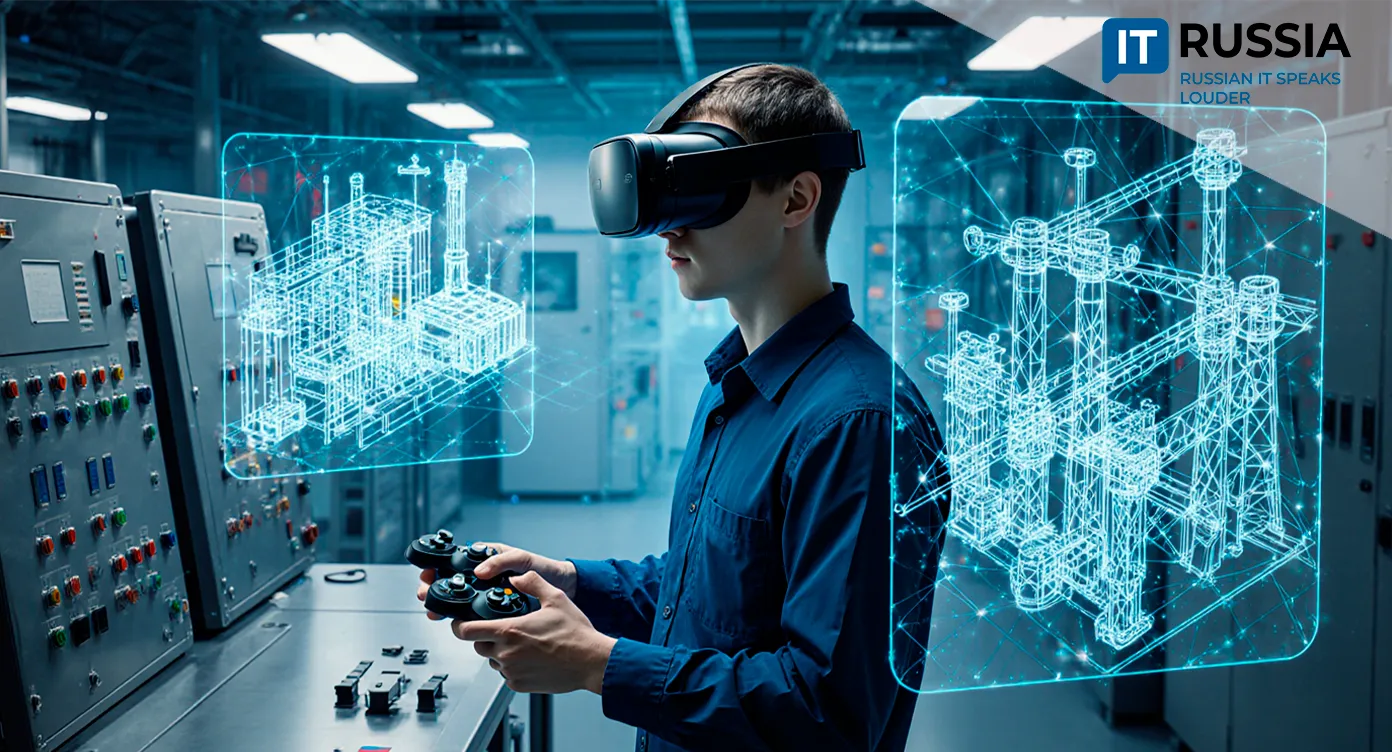
Why VR Matters in Nuclear Training
Operating a nuclear power plant requires not only extensive theoretical knowledge but also precise hands-on skills under conditions of extreme responsibility. Traditional full-scale or physical simulator training is costly, space-intensive, and occasionally risky.
Virtual reality offers a safe, repeatable way to recreate both standard and emergency situations, helping operators gain the necessary reflexes without endangering personnel or equipment. These simulators allow staff to practice rare and complex scenarios, setting a unified standard of training across the entire network of power plants.
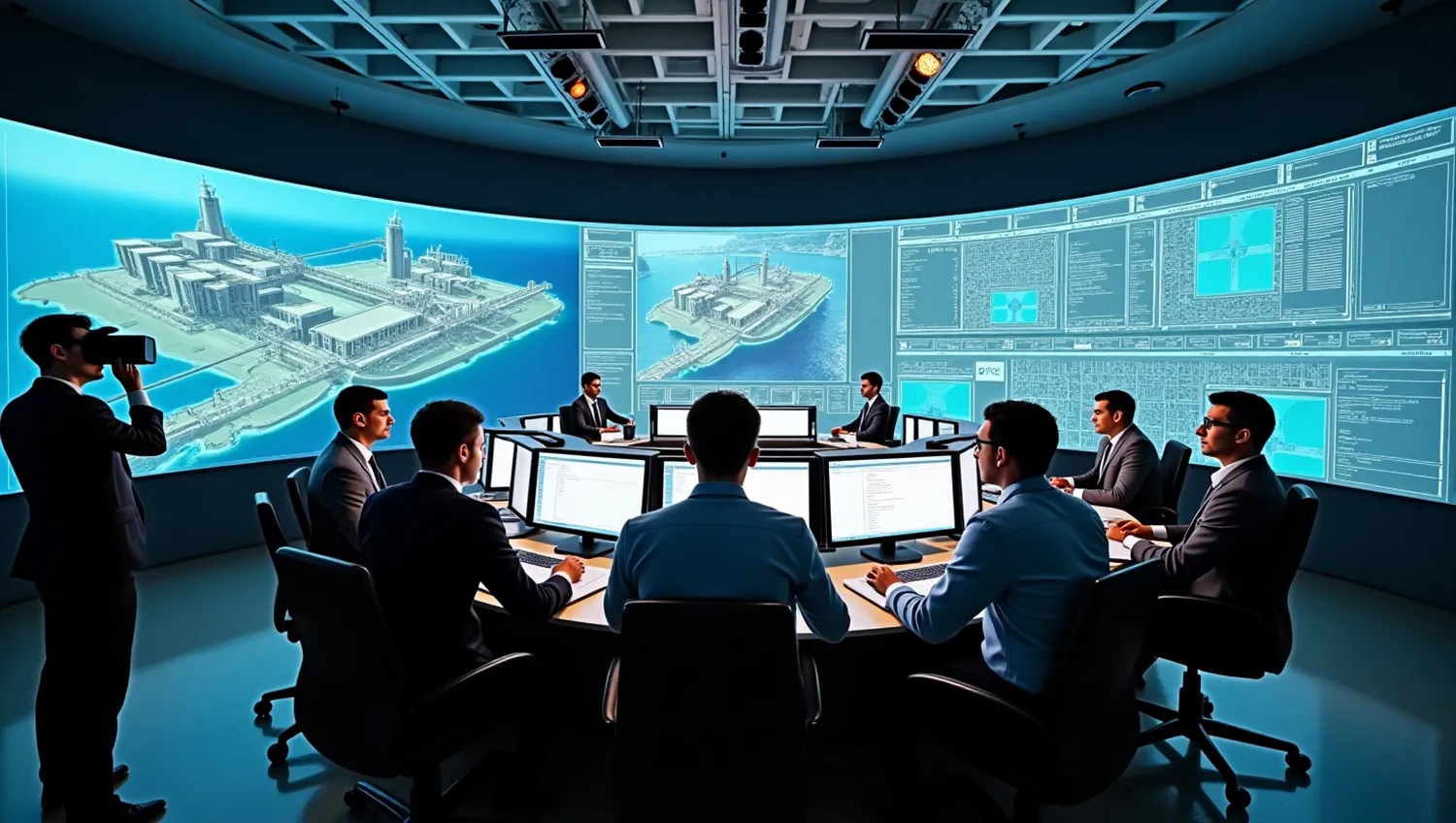
Russian Technologies at the Core
The project is built entirely on Russian technological foundations — the Astra Linux operating system and the Unigine 3D engine. This combination gives developers full control over the technology stack, reduces dependency on foreign suppliers, and simplifies certification under Russia’s strict cybersecurity requirements.
The solution fully complies with national information security standards, enabling easier scaling within Russia and for export projects abroad. By relying on domestic platforms, Rosenergoatom ensures data sovereignty and operational resilience in critical industrial training.
Inside the VR Simulator for the VVER-1200 Reactor
The main simulator focuses on the operation of a 10 kV switchgear unit for the VVER-1200 reactor at Leningrad NPP-2. The virtual system reproduces the switchgear environment in high detail — panels, cabinets, and components, complete with realistic physics of switching, and modeling of thermal and electrical effects.
The VR model integrates with digital twins of real equipment, allowing operators to test the outcomes of their actions in a physically accurate environment. For added realism, tactile controllers and manipulators simulate the feel of control mechanisms. Training scenarios cover both routine and emergency procedures, guiding trainees step by step through critical decision-making sequences.
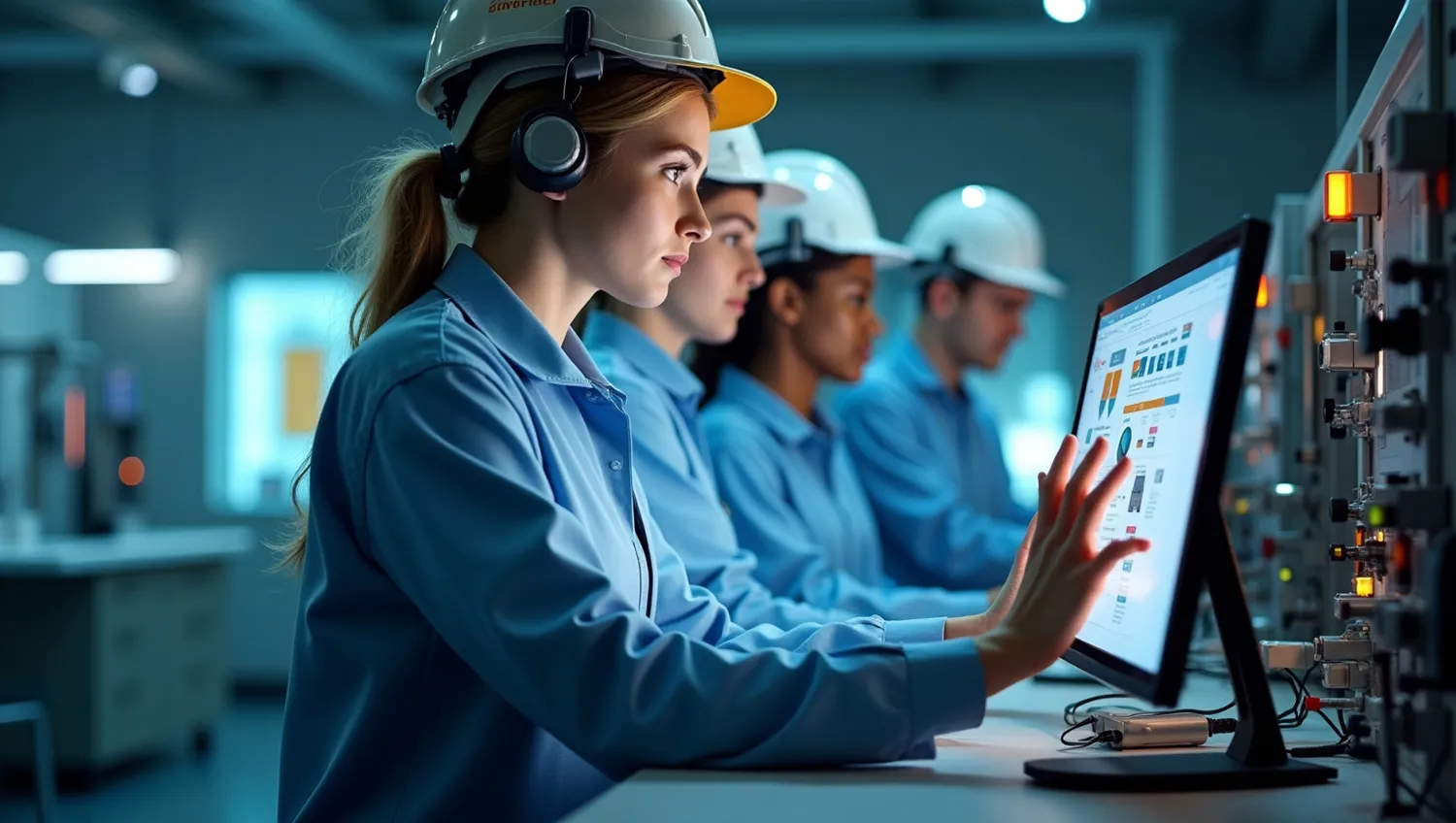
How the Training Process Works
The training ecosystem supports both individual and team-based simulations. Trainees first complete modular instruction in VR, followed by multi-user networked scenarios involving several specialists, such as a dispatcher and operations engineer.
An integrated analytics system records accuracy, response time, and procedural compliance. Instructors can pause simulations, provide feedback, and replay episodes in real time. All performance data is stored in digital training cards, simplifying certification and ensuring traceable qualification control.
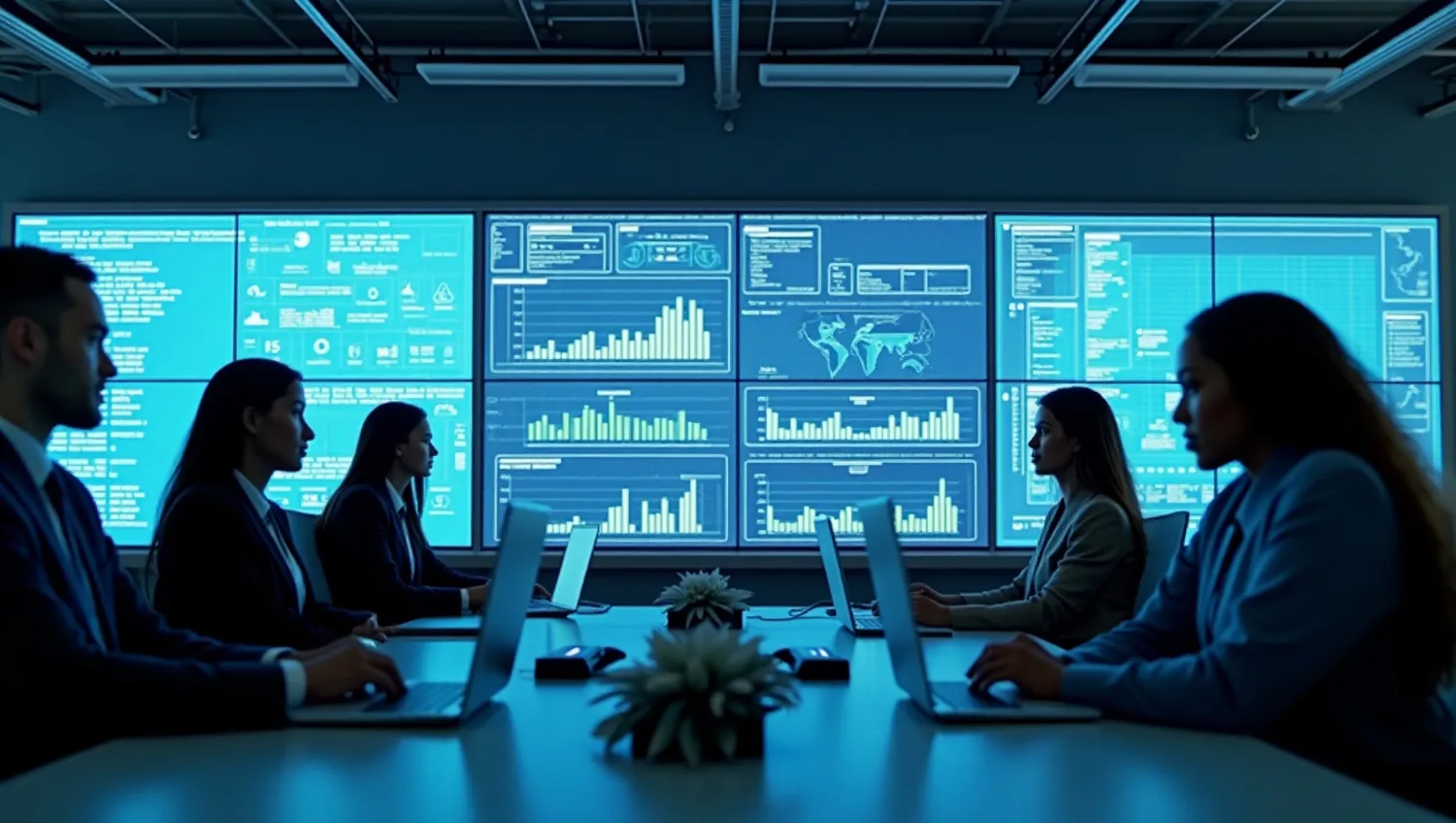
Scaling and Export Potential
The platform is designed for replication across other reactor types and industrial facilities. Using Astra Linux and Unigine allows for seamless adaptation to different equipment models.
This software-hardware complex also has export potential. Completed simulators and training methodologies can be offered to partner nations operating or constructing Russian-designed reactors. Moreover, the unified platform simplifies joint training within international nuclear projects.



